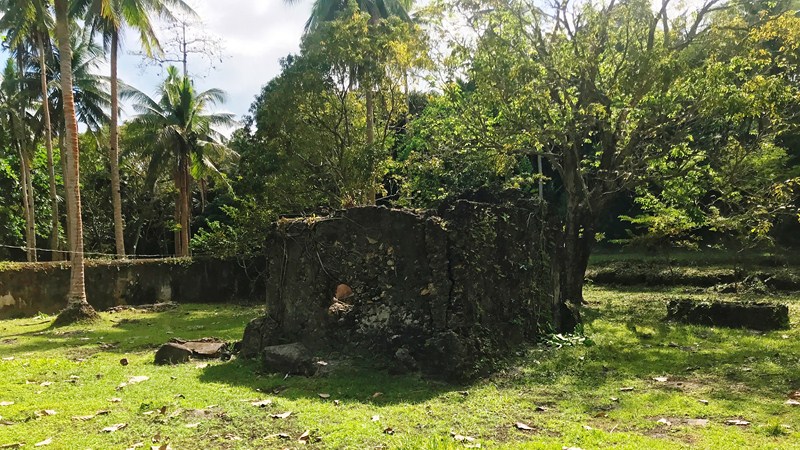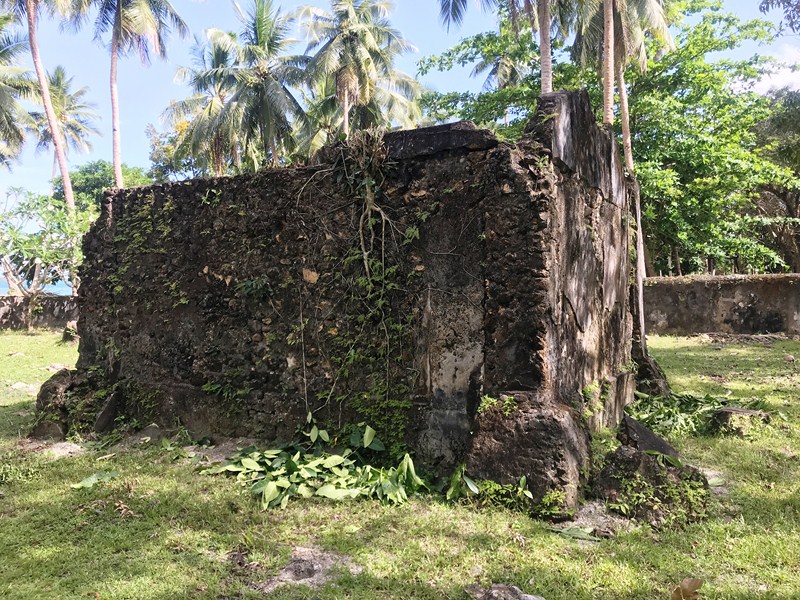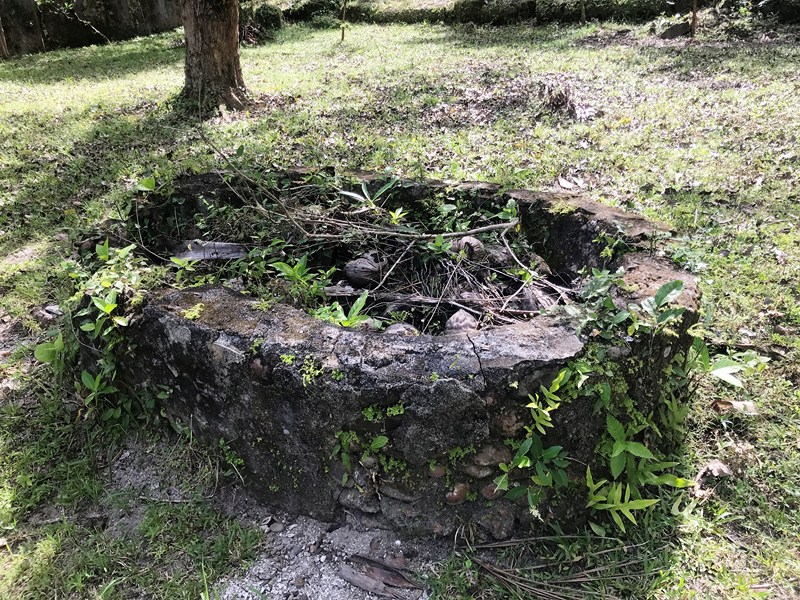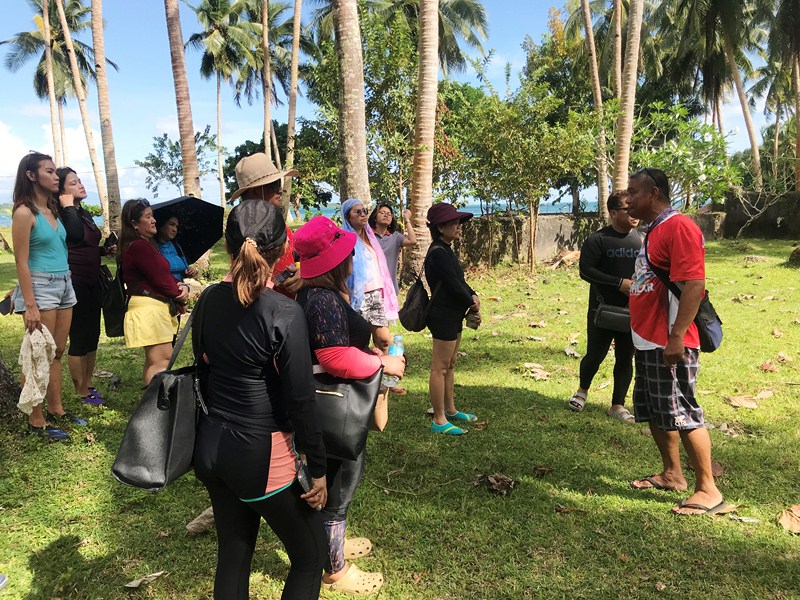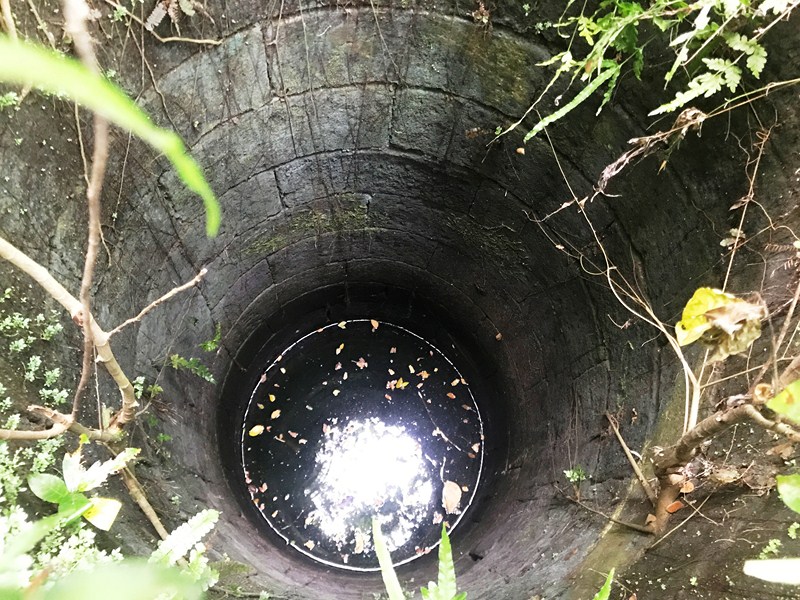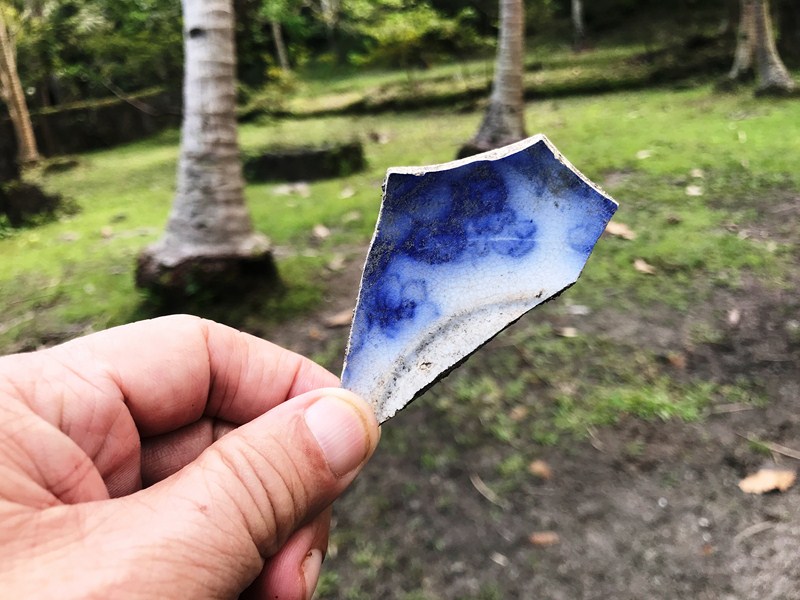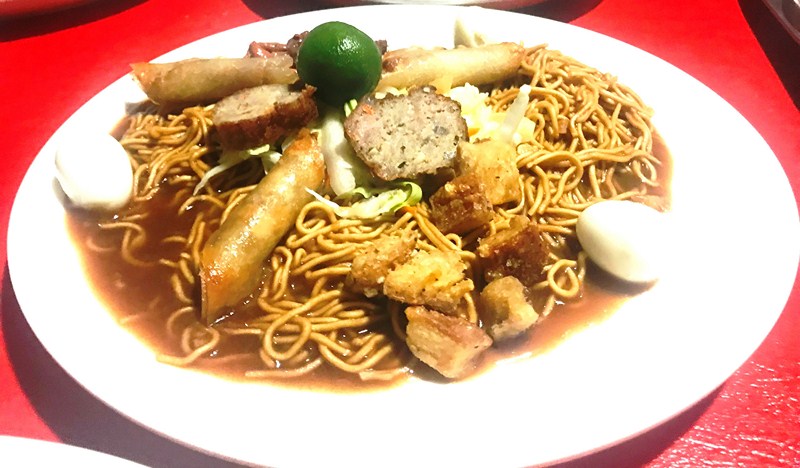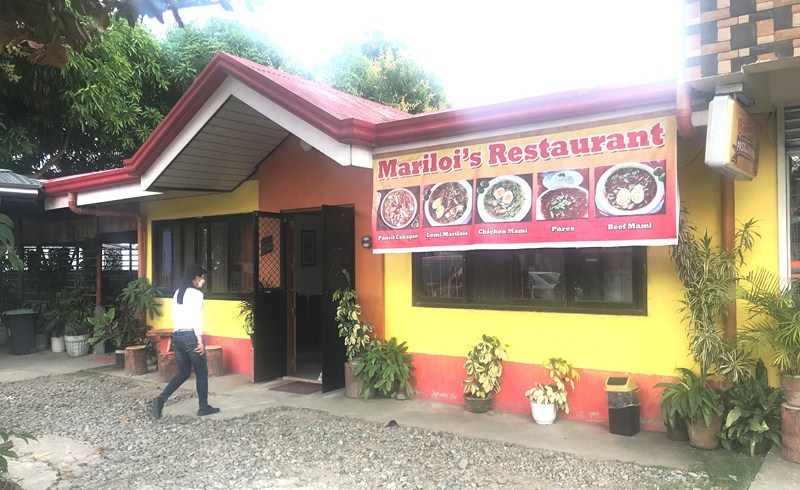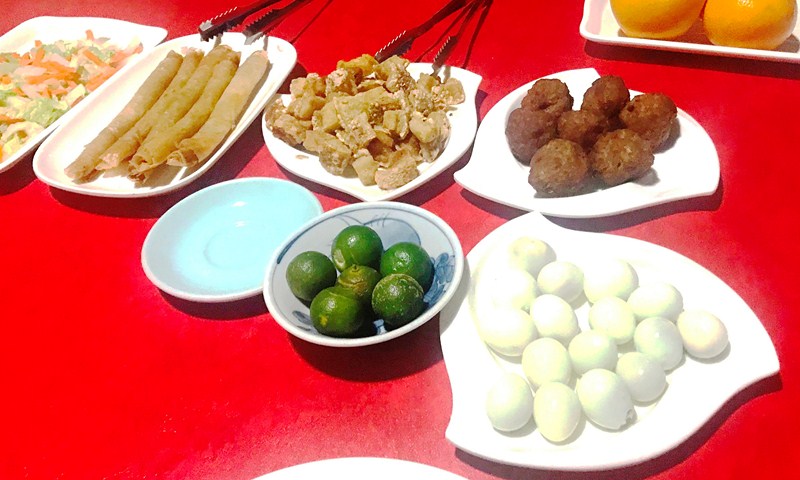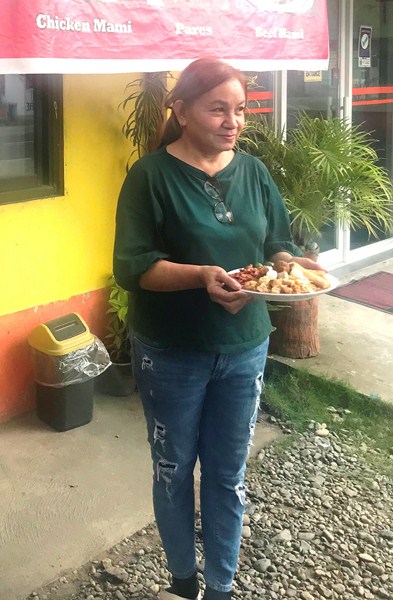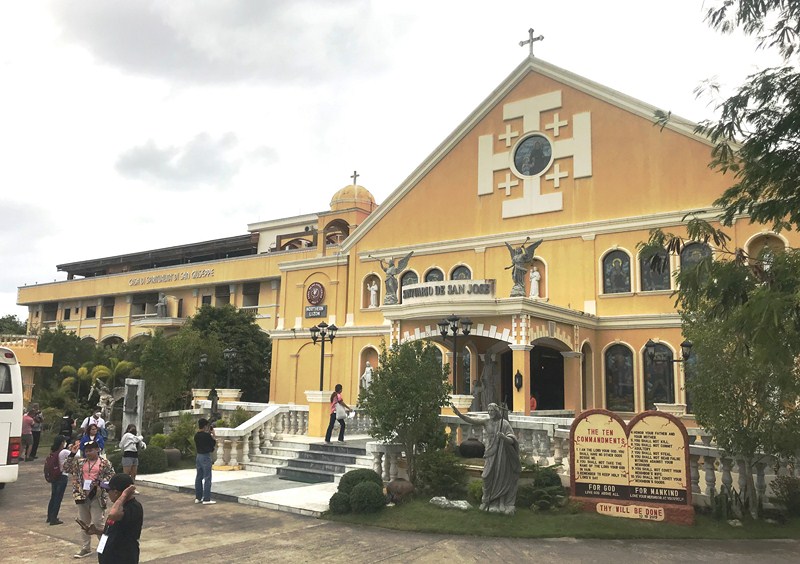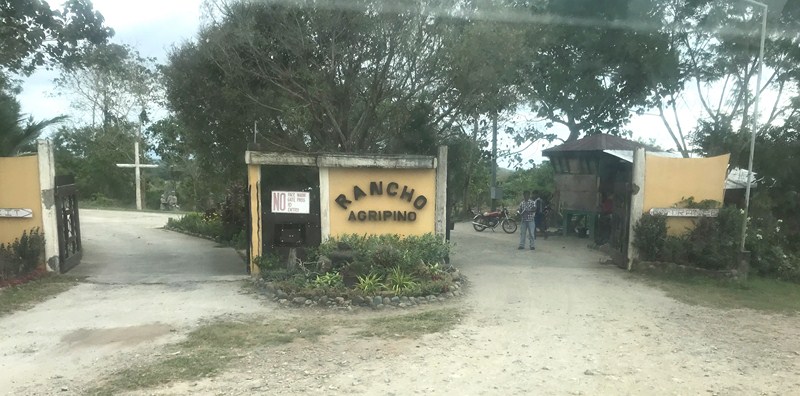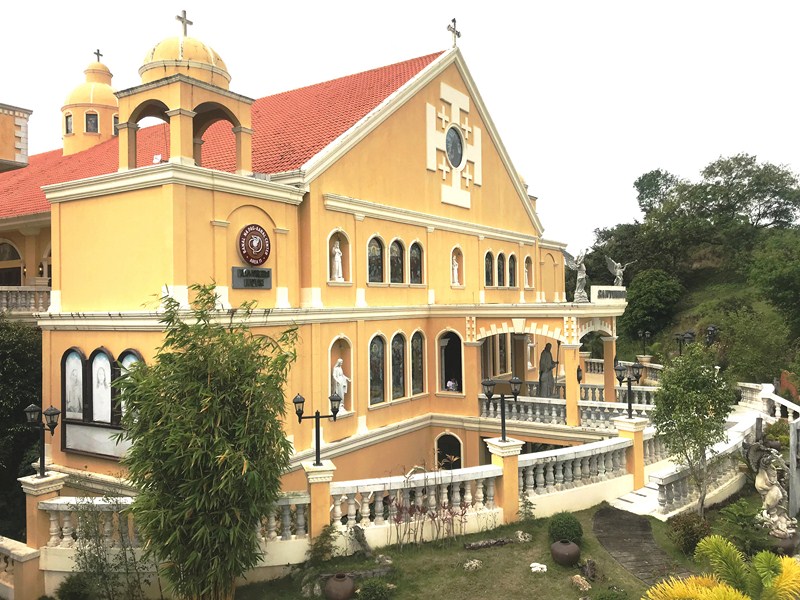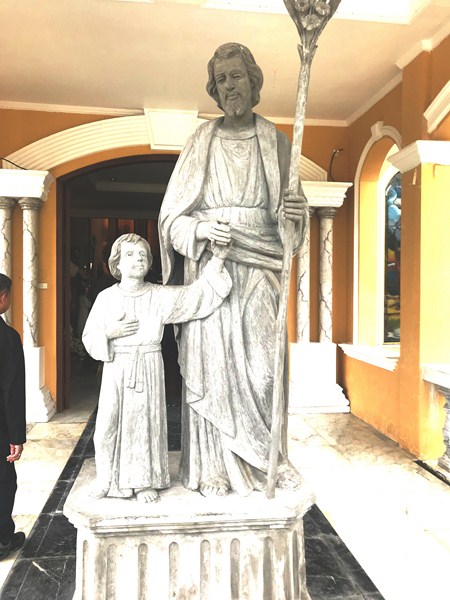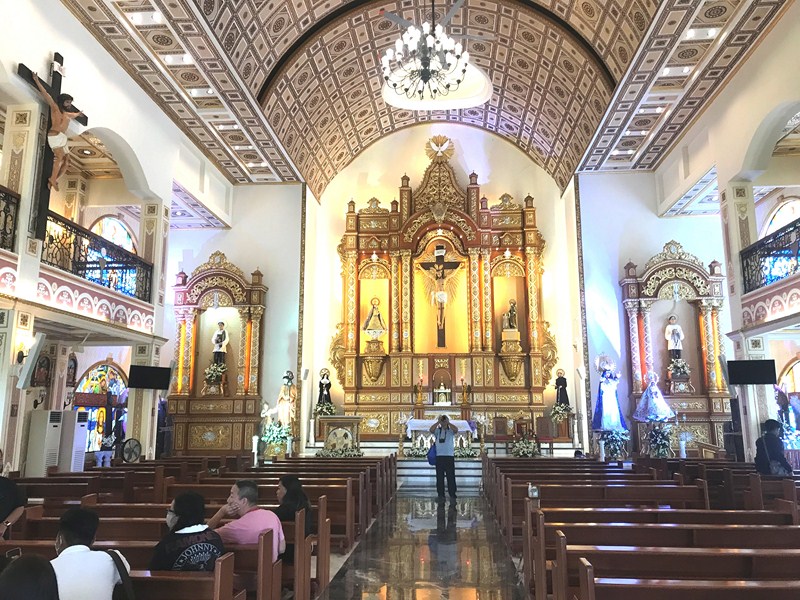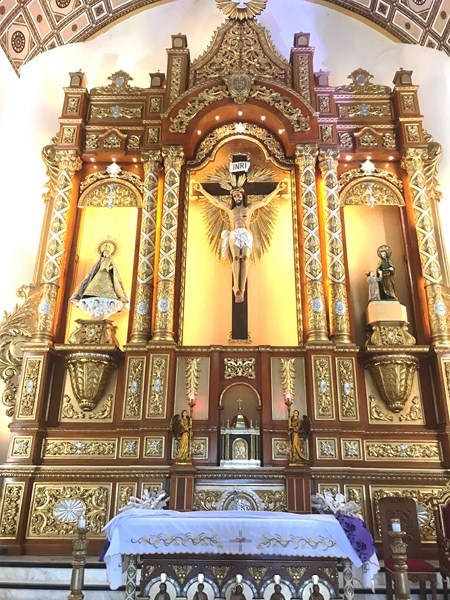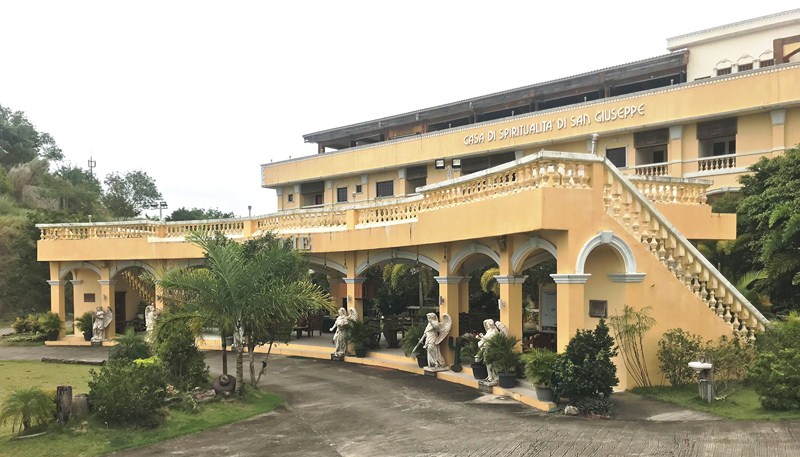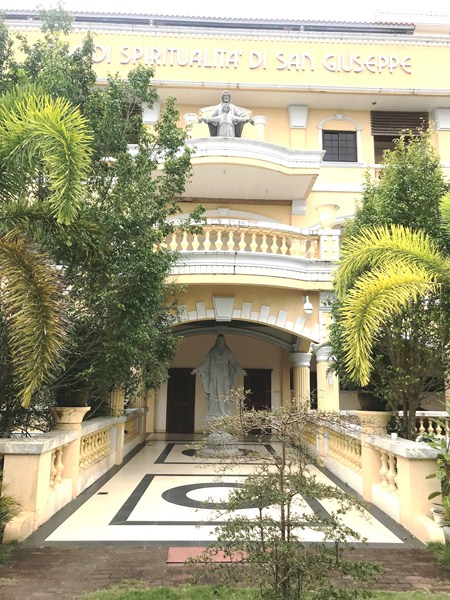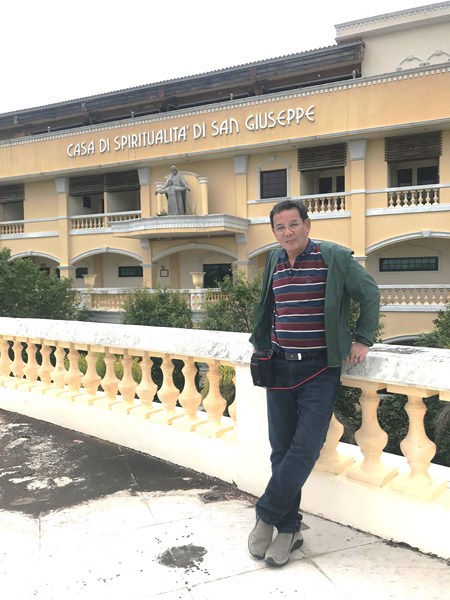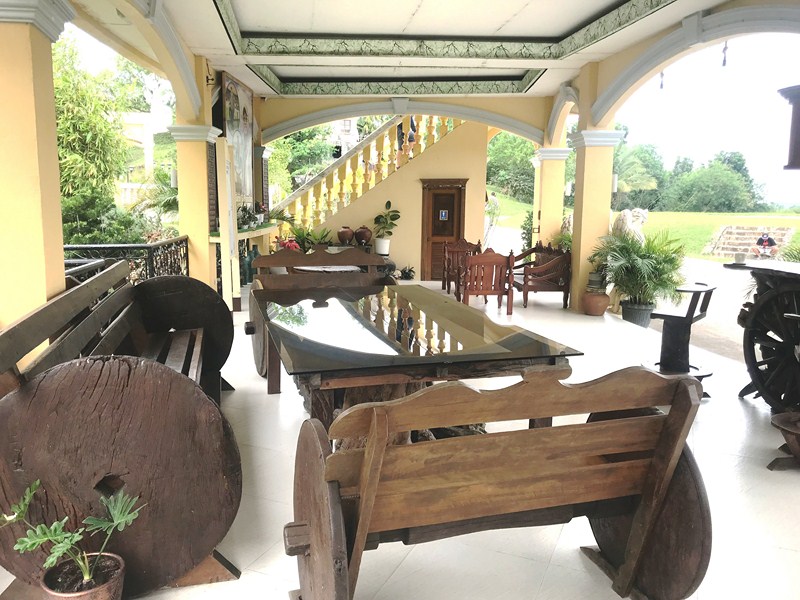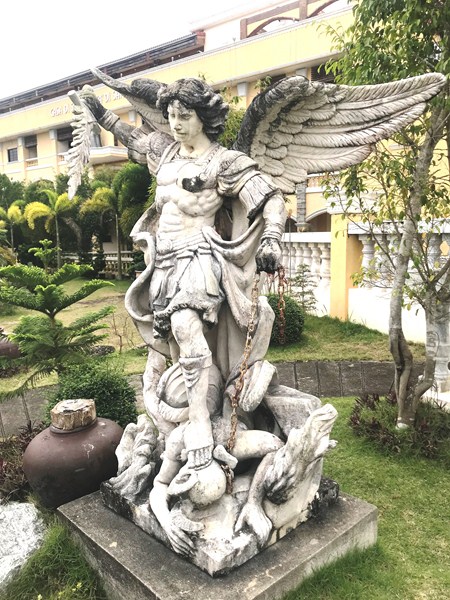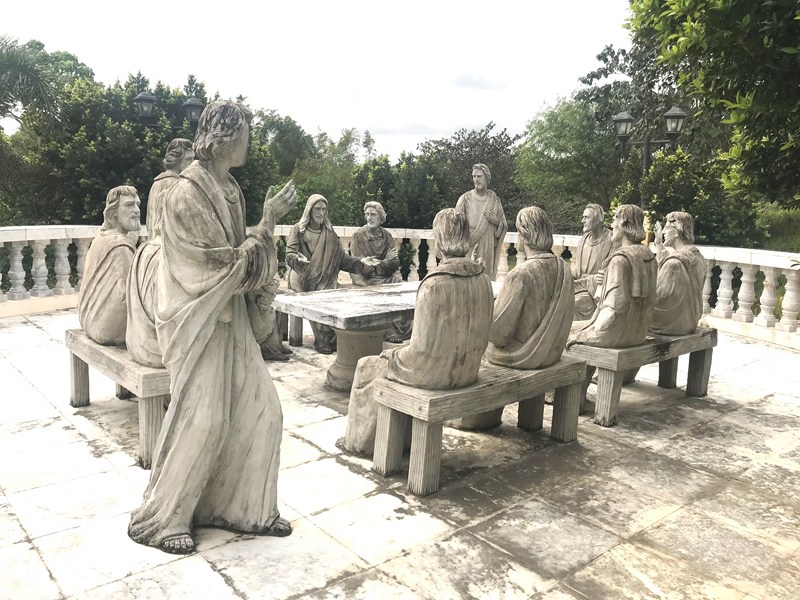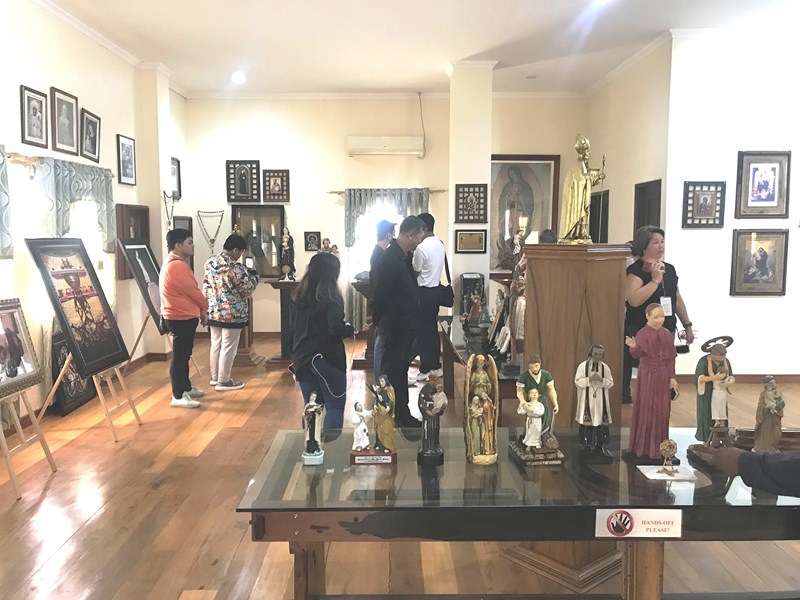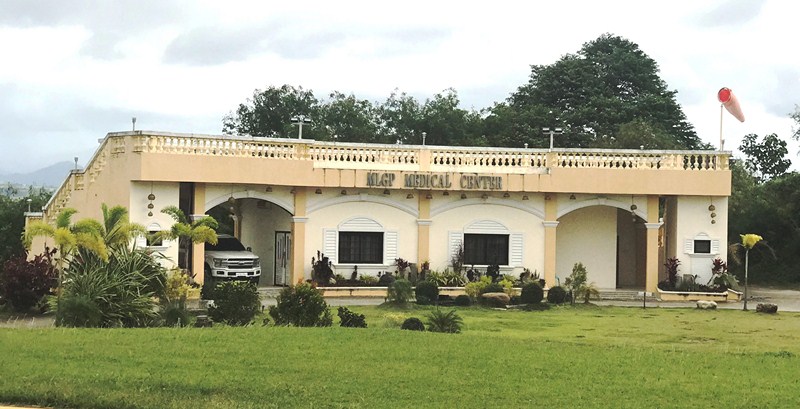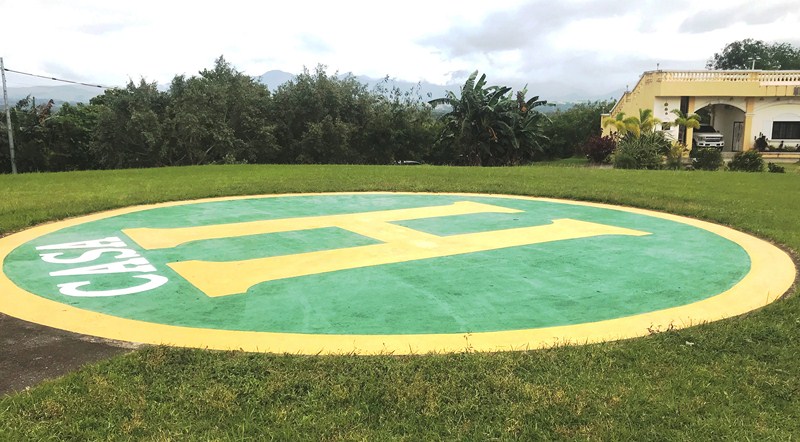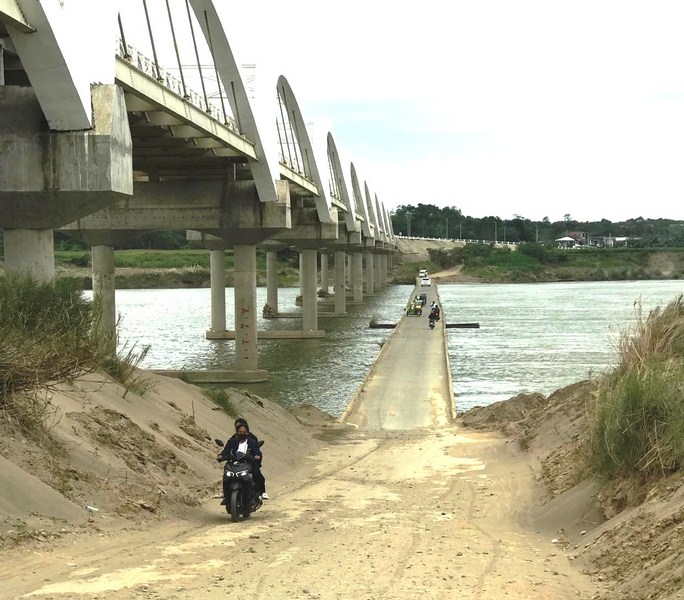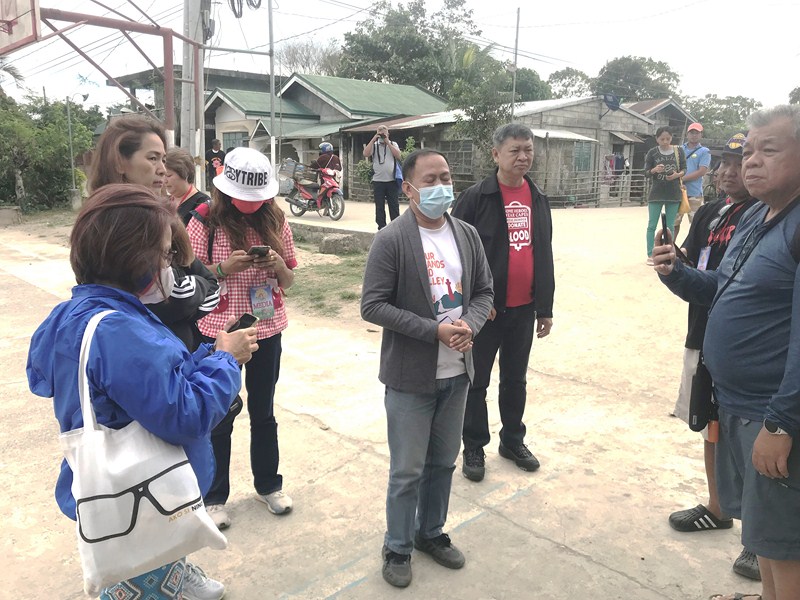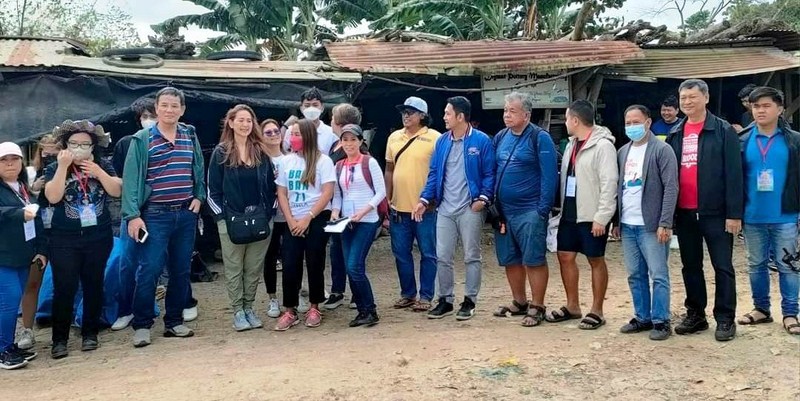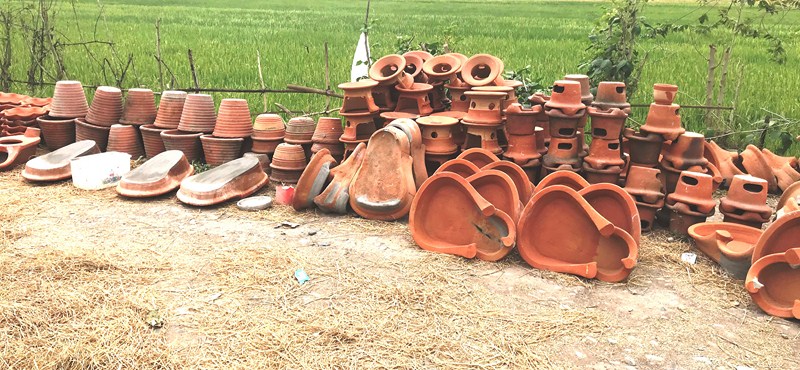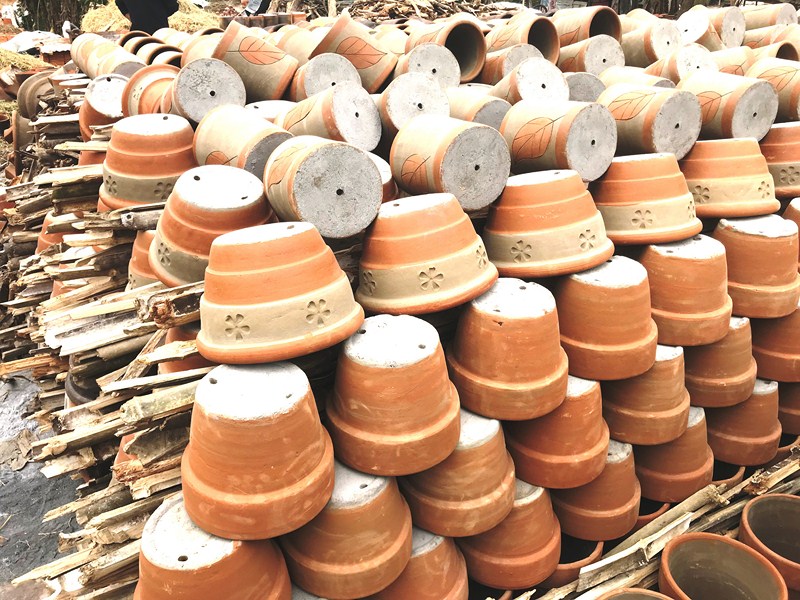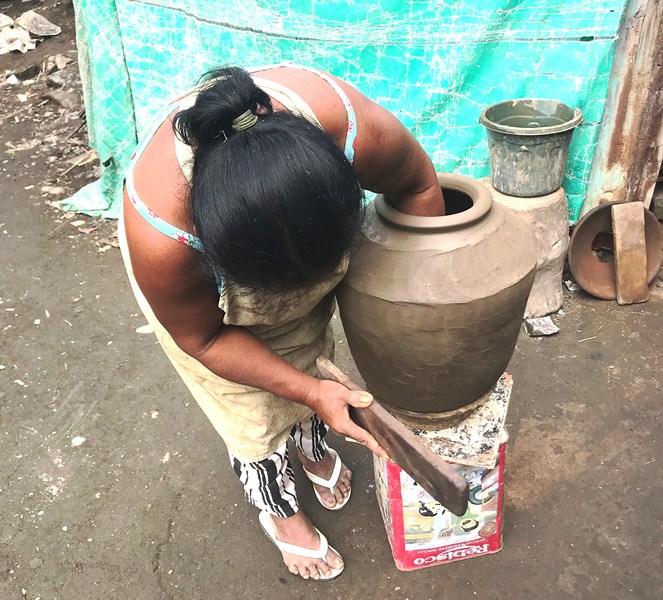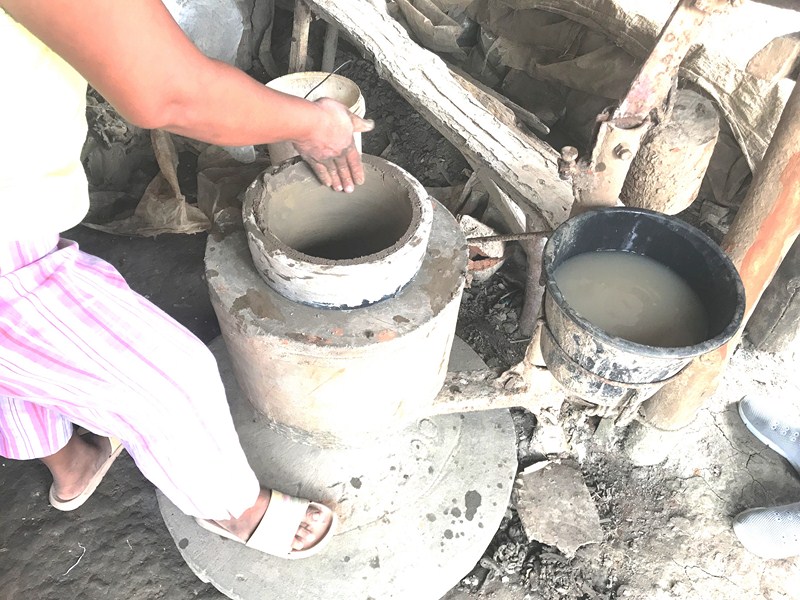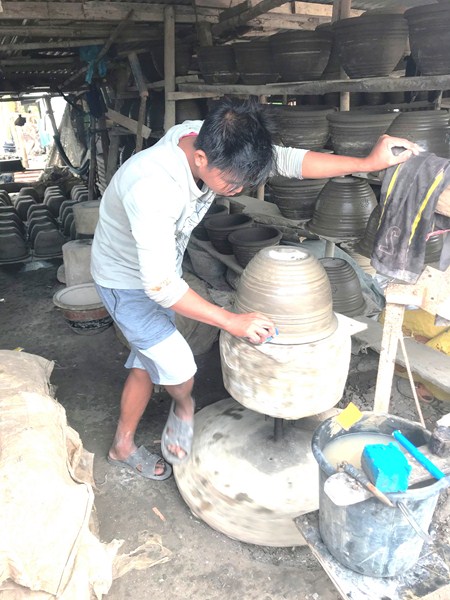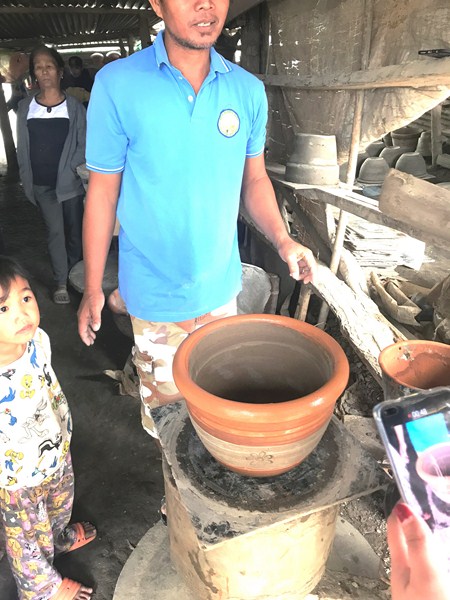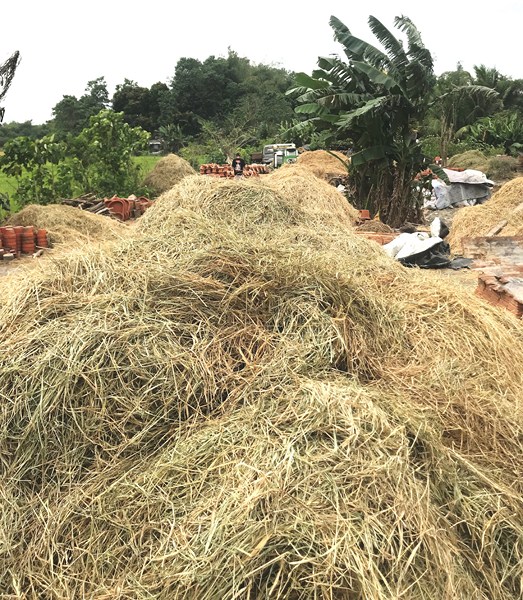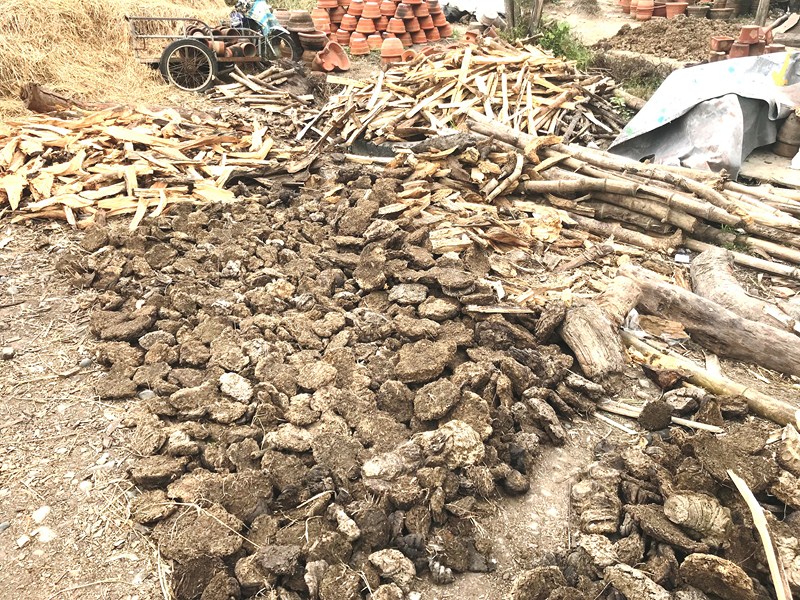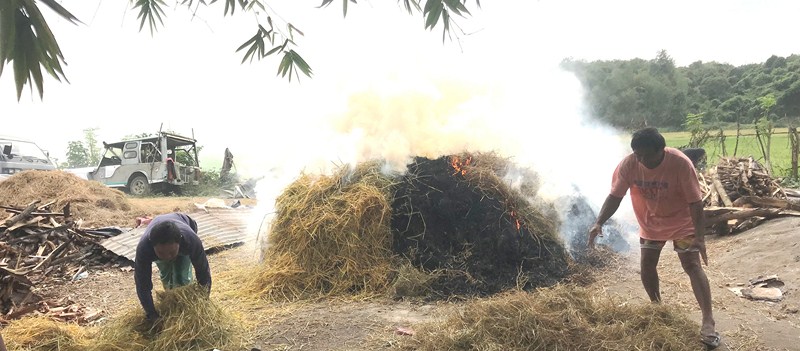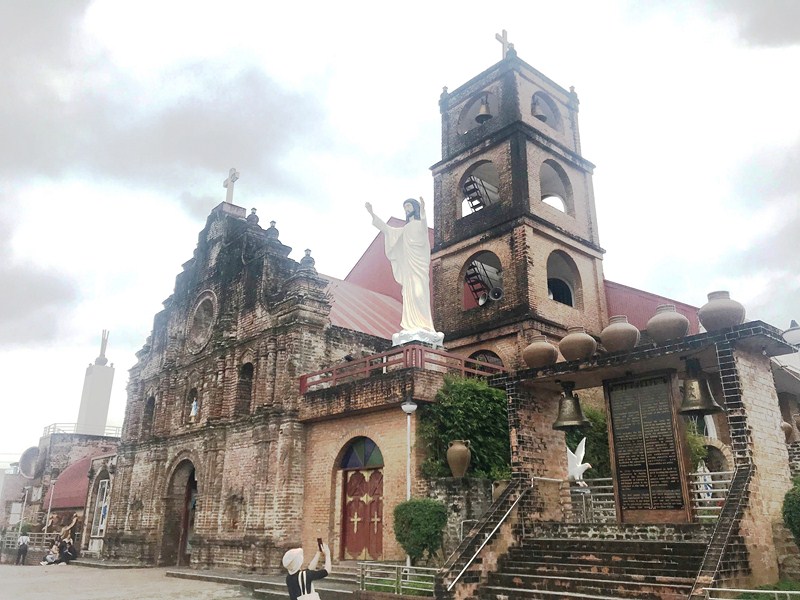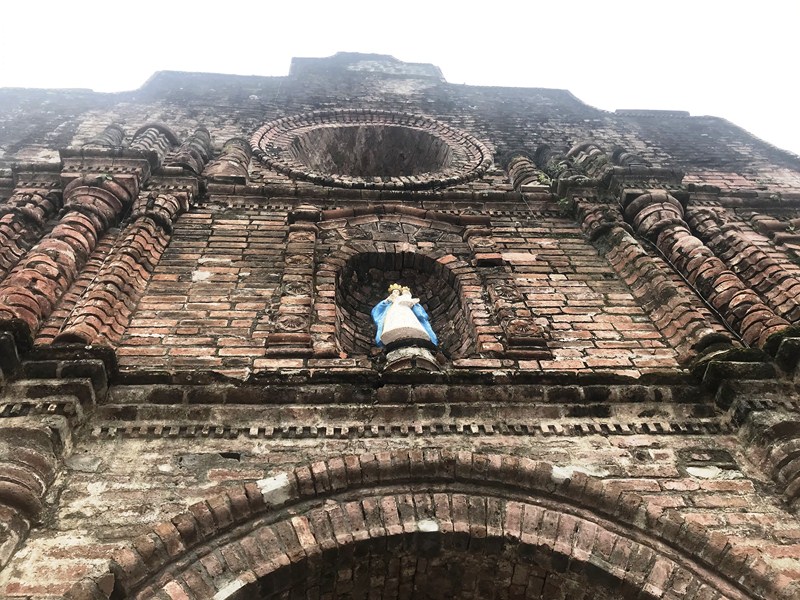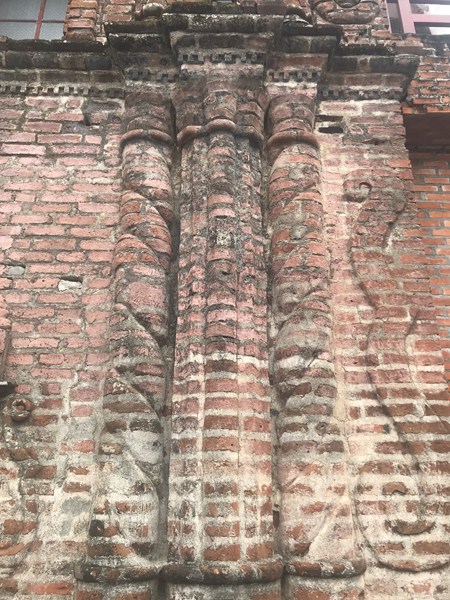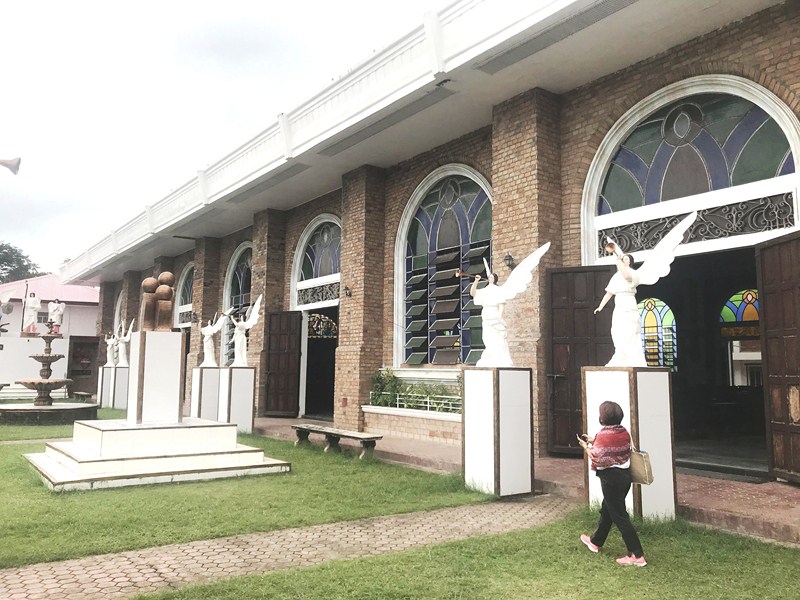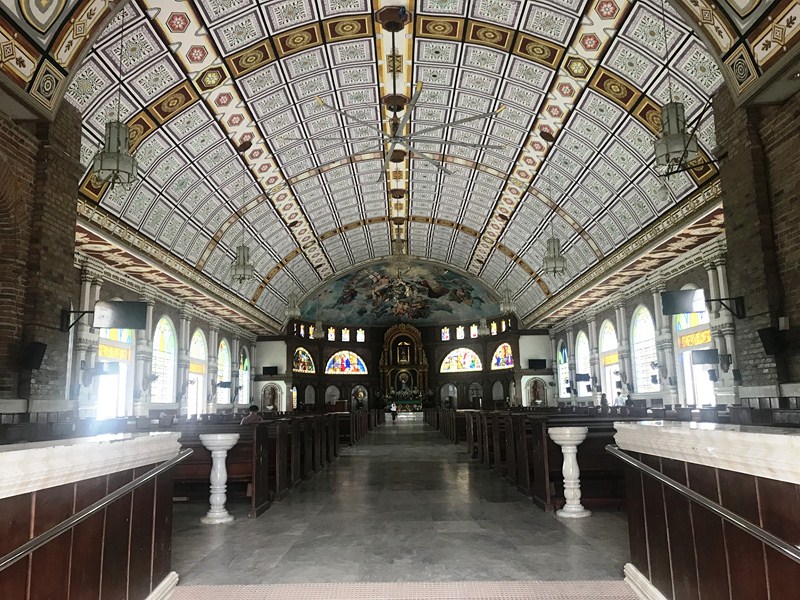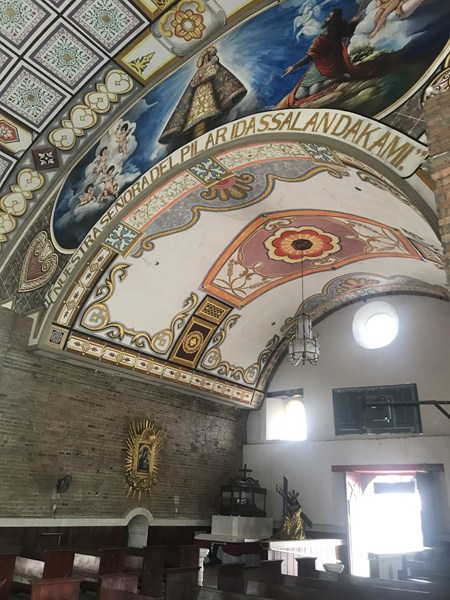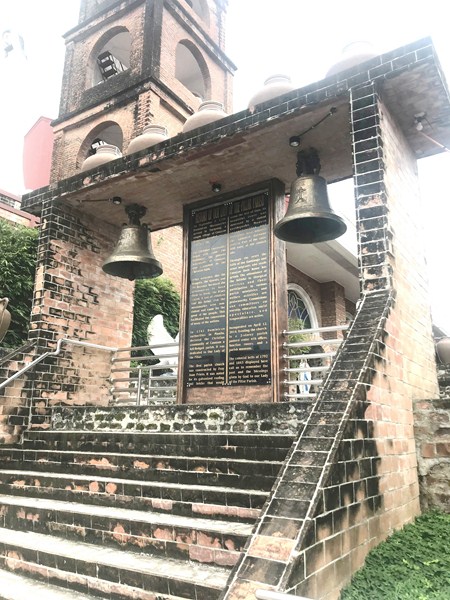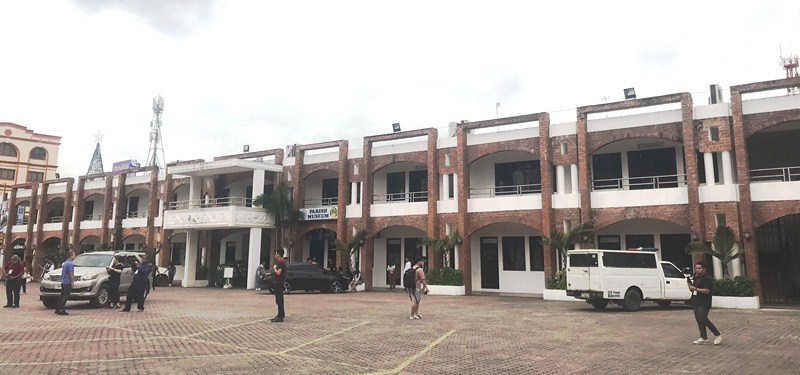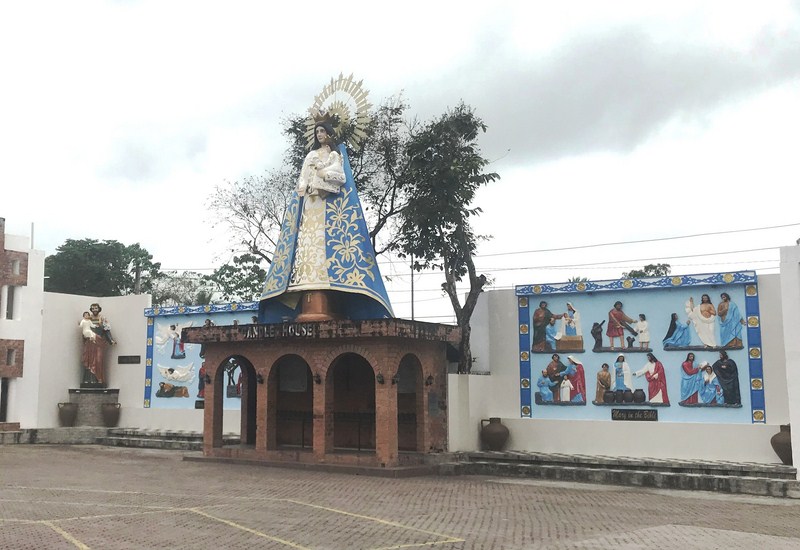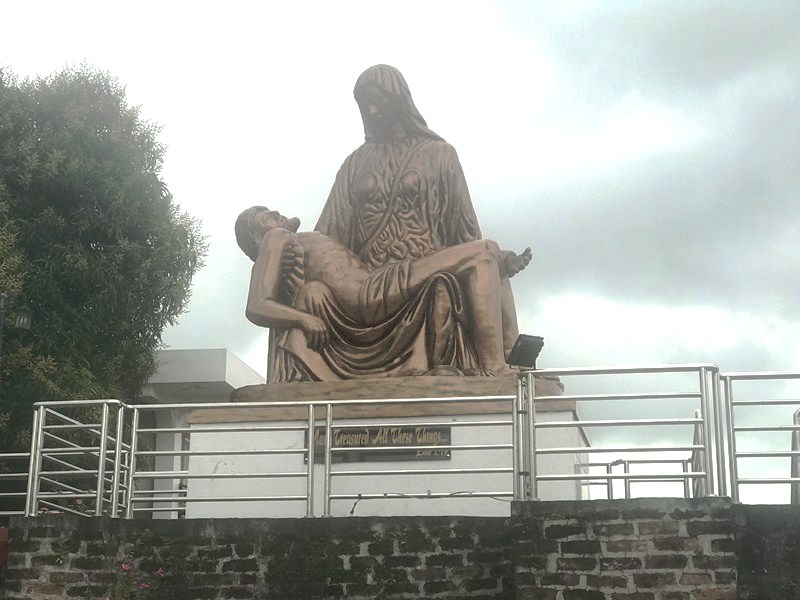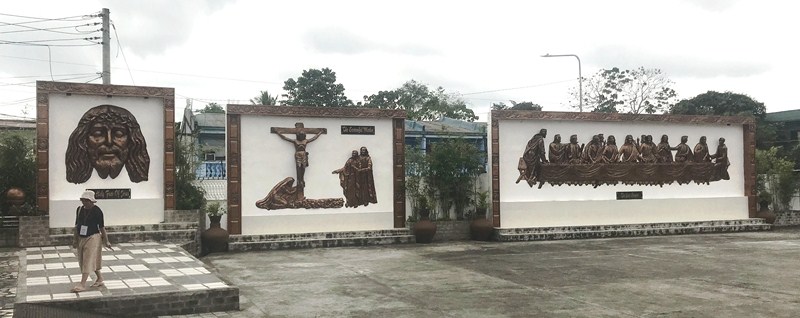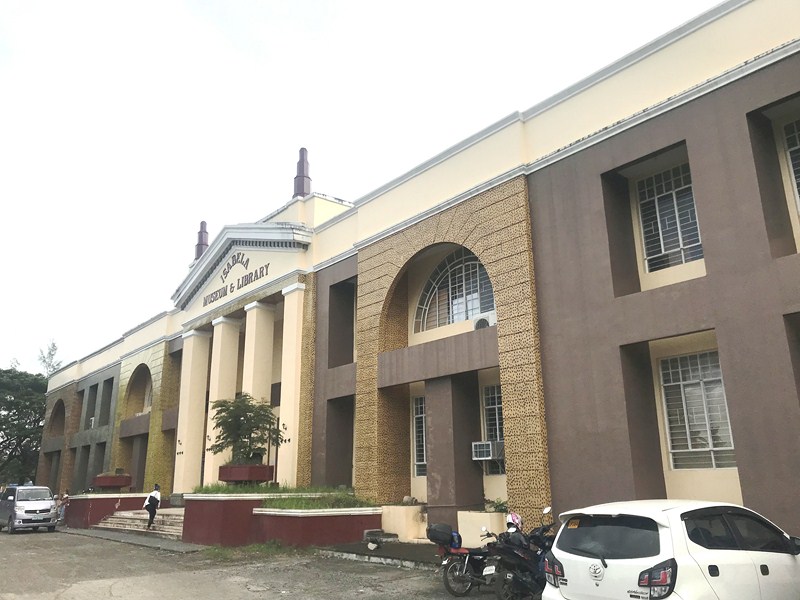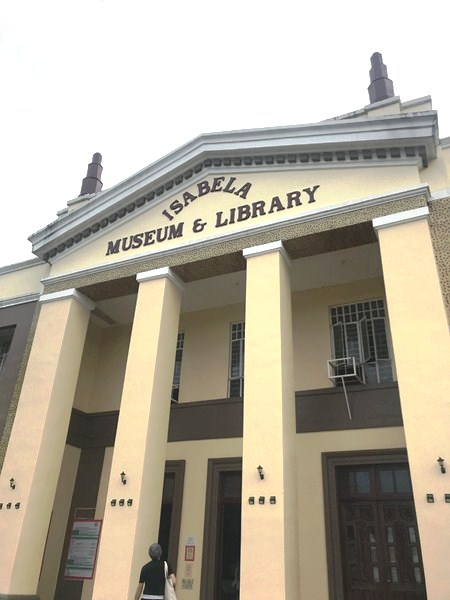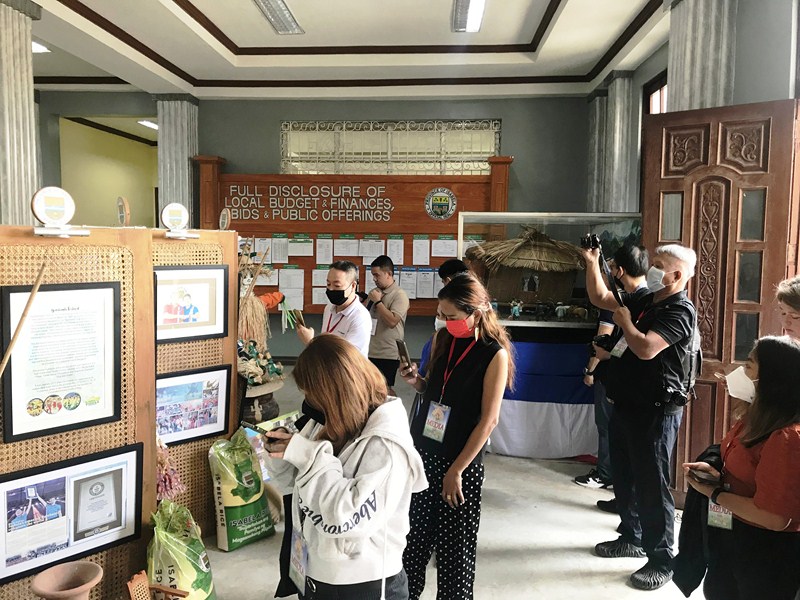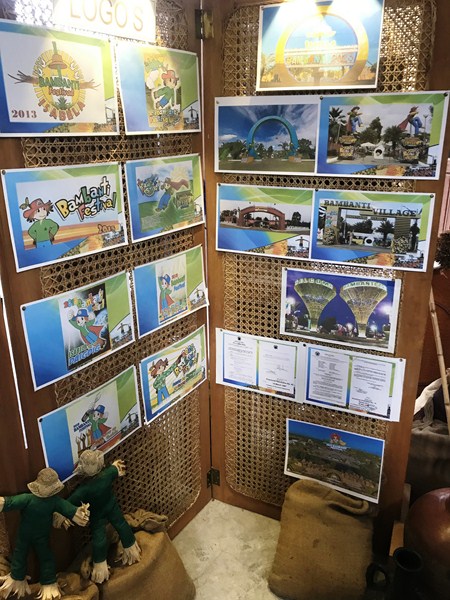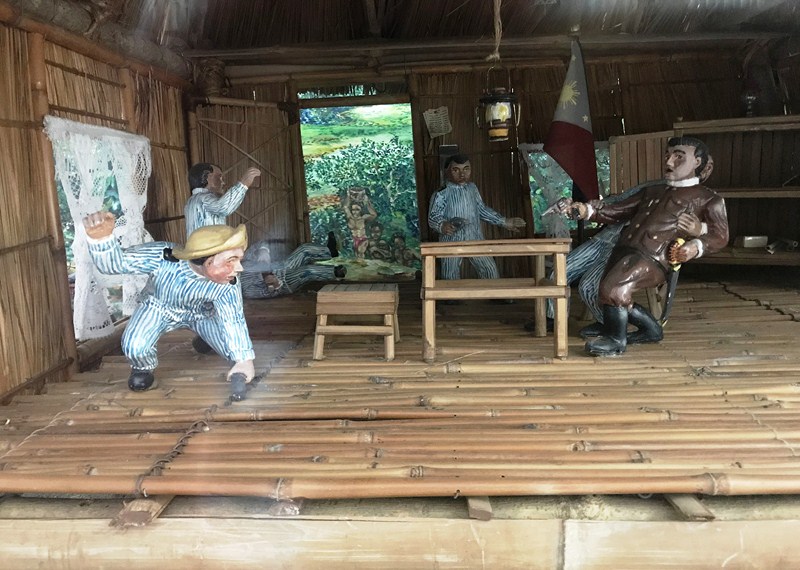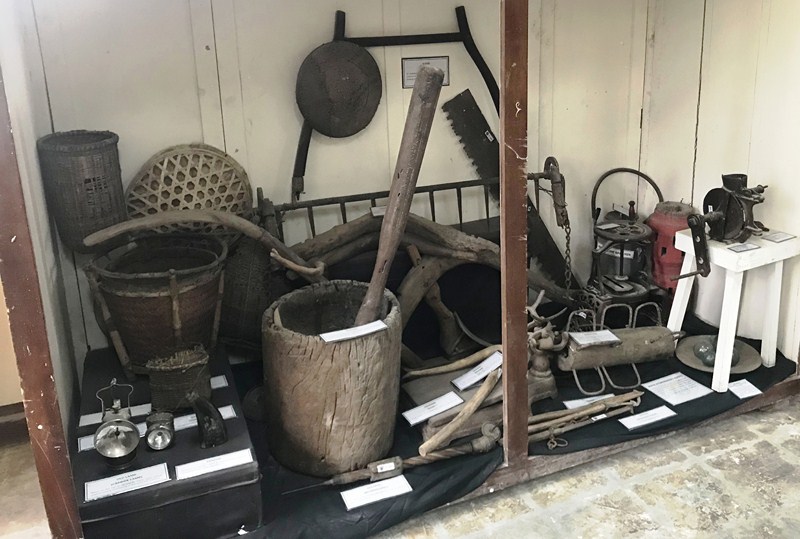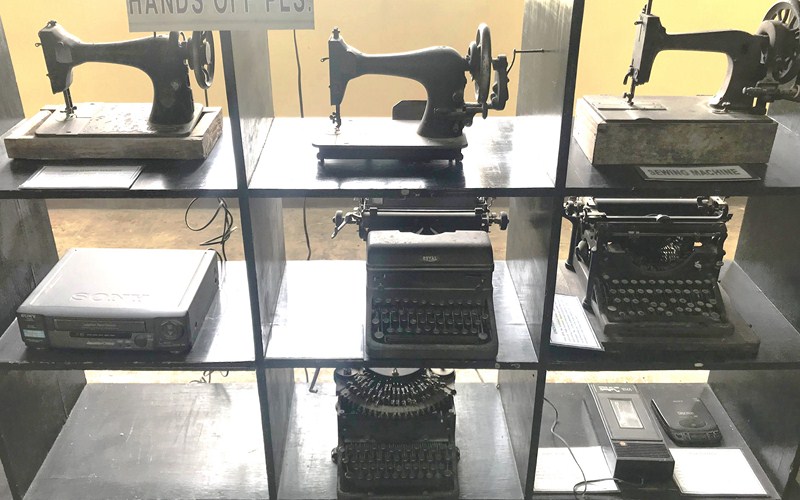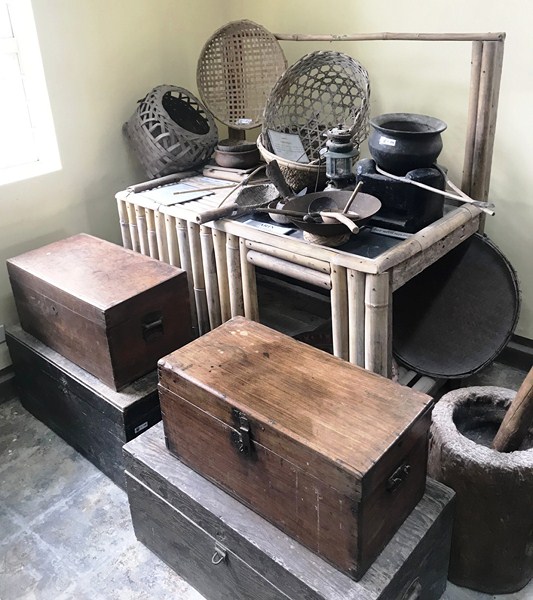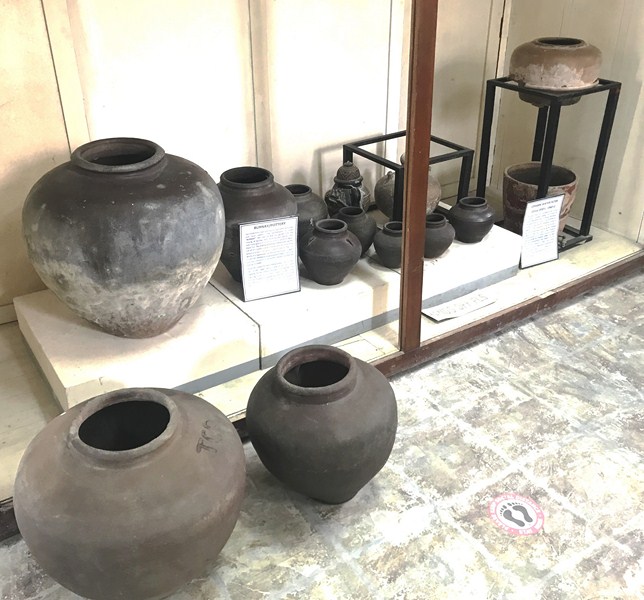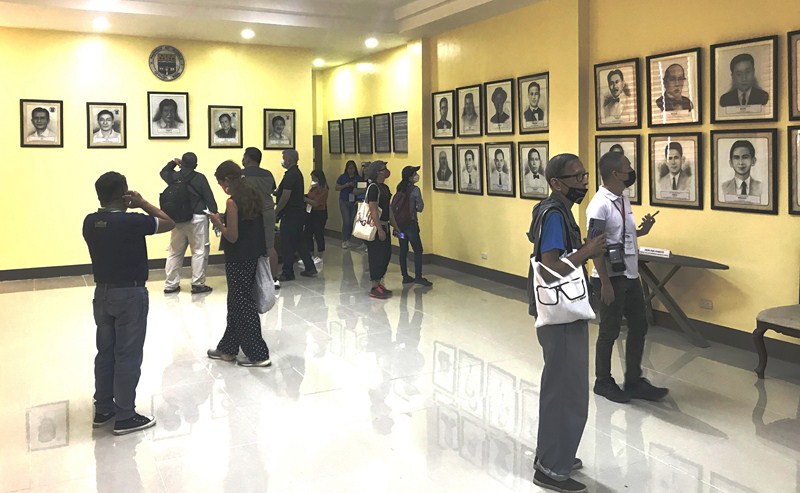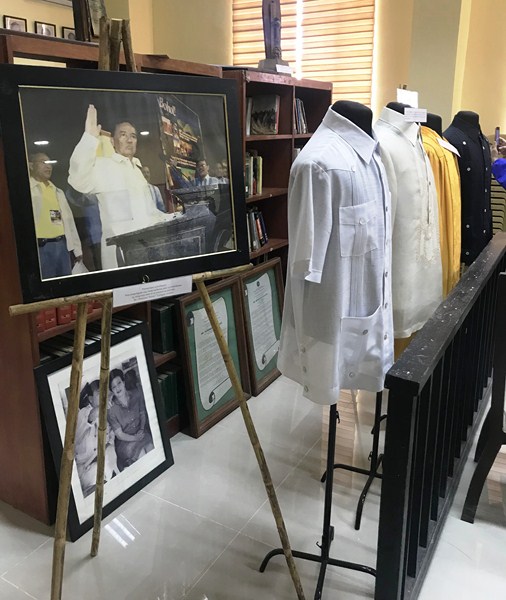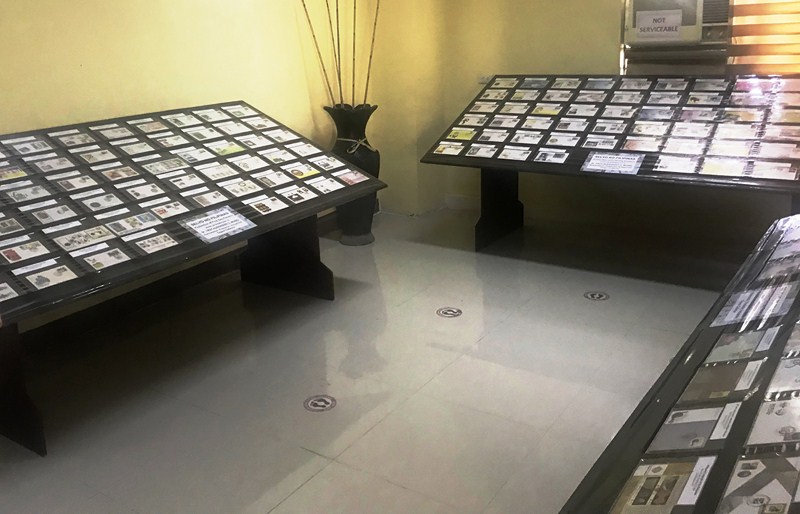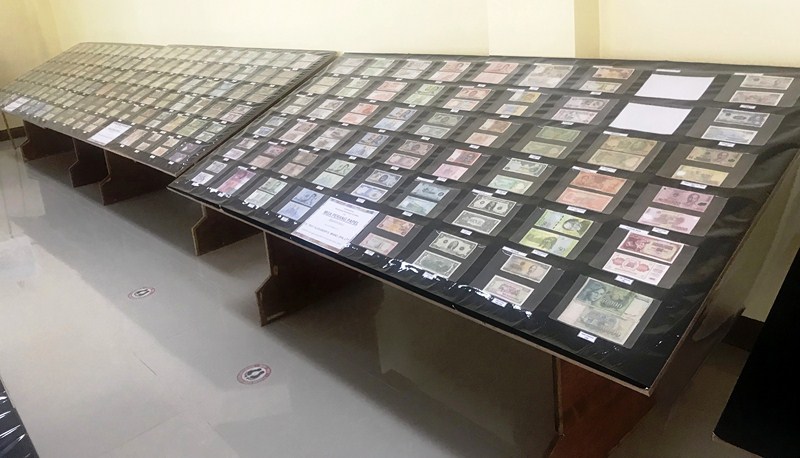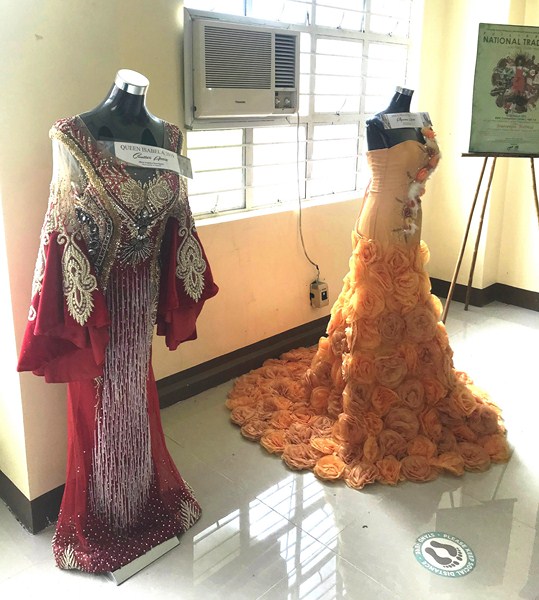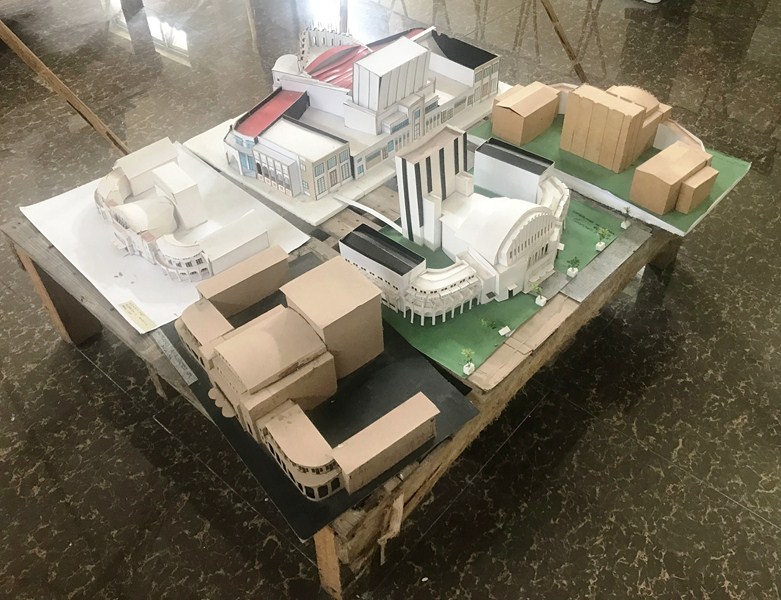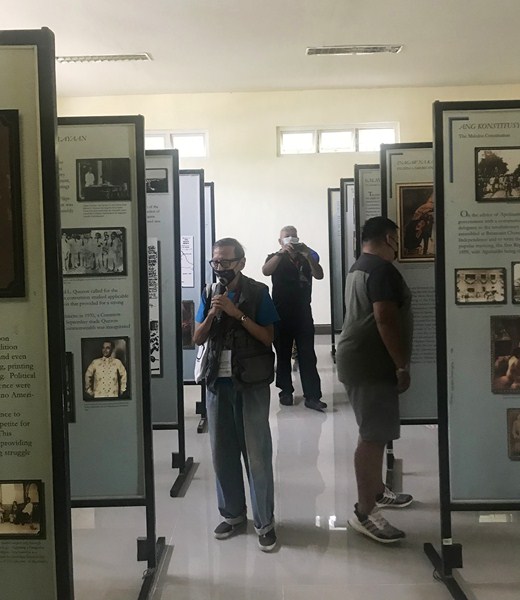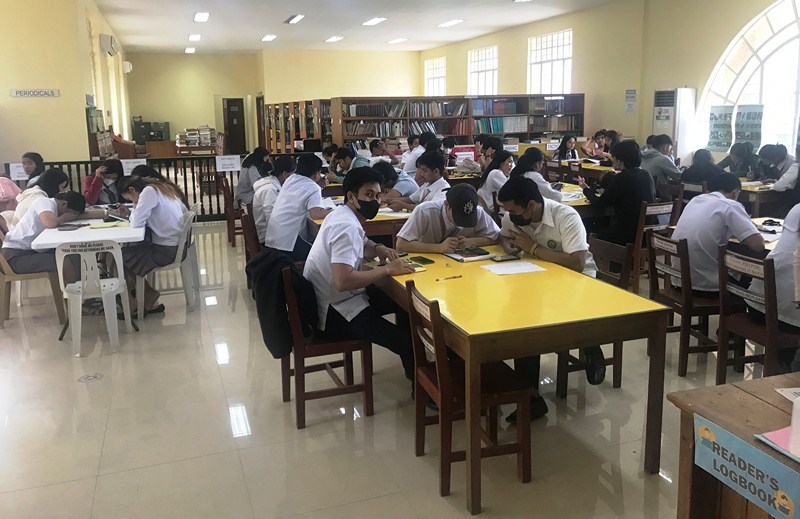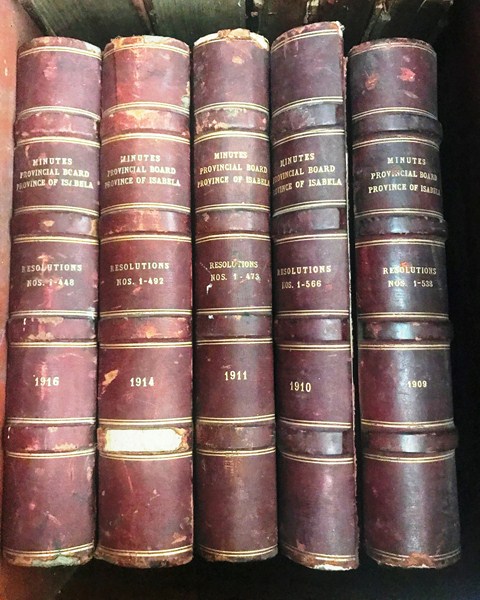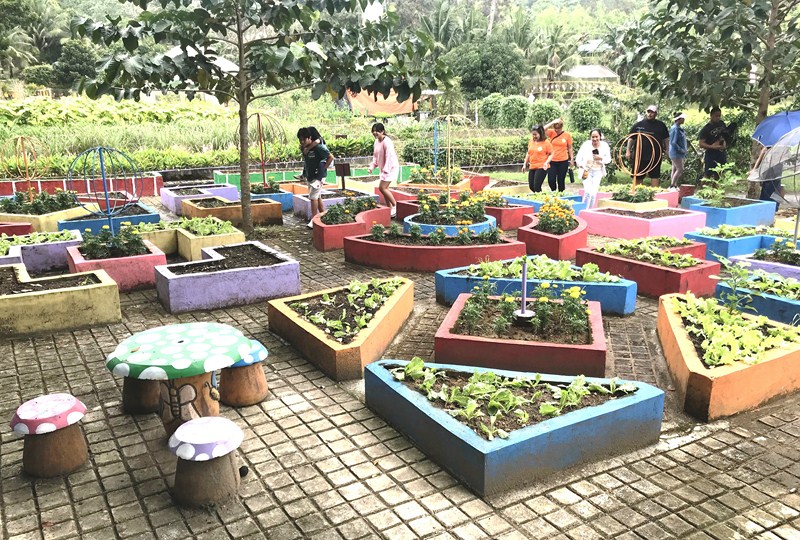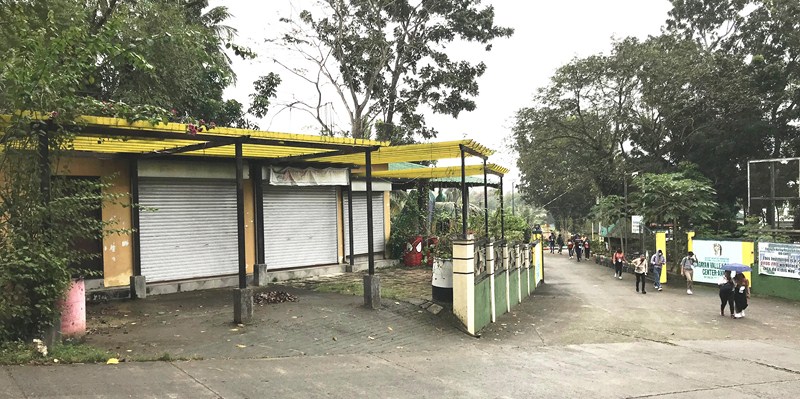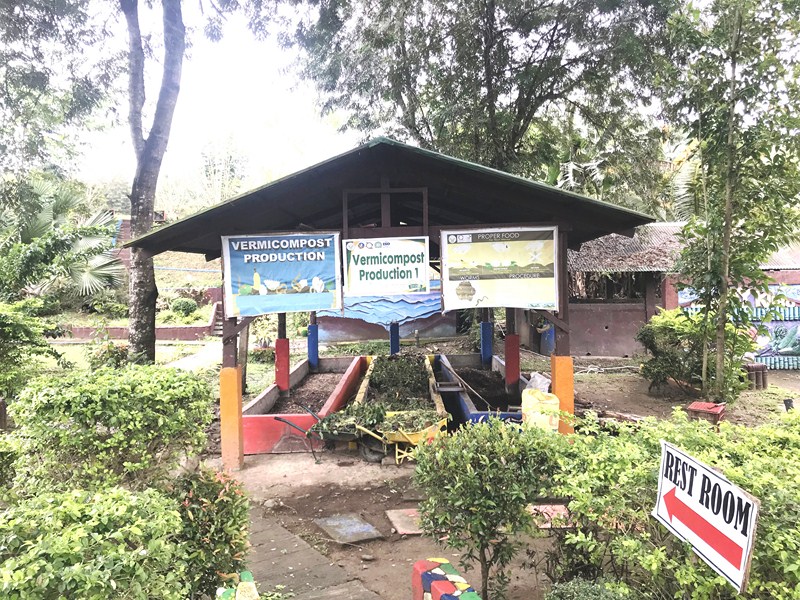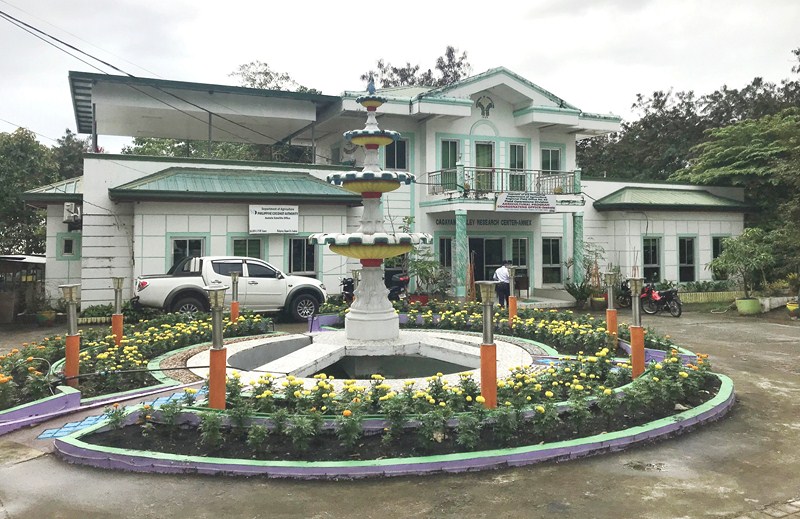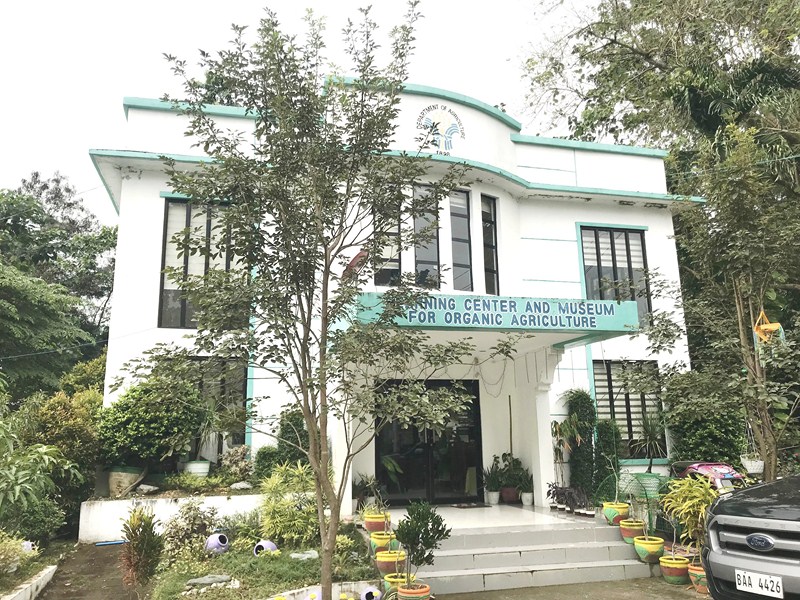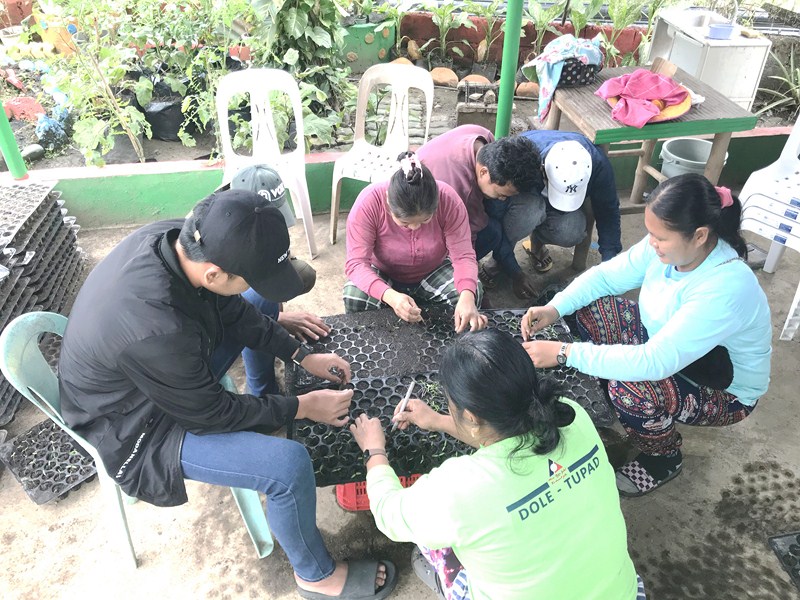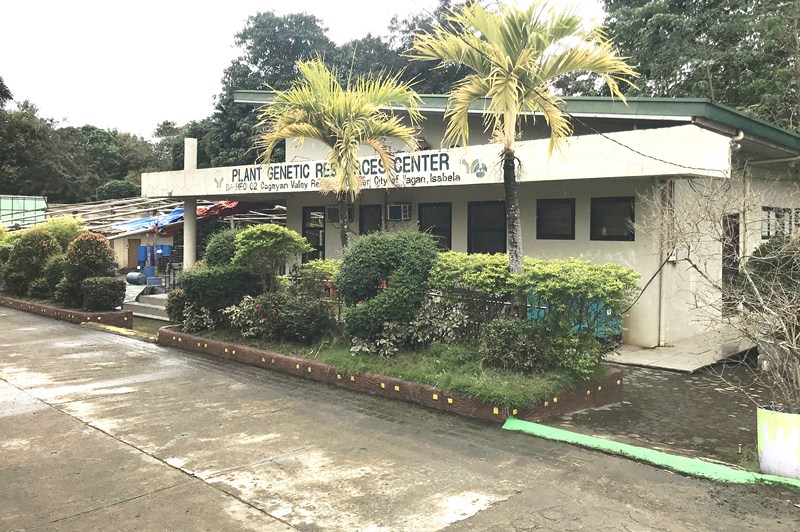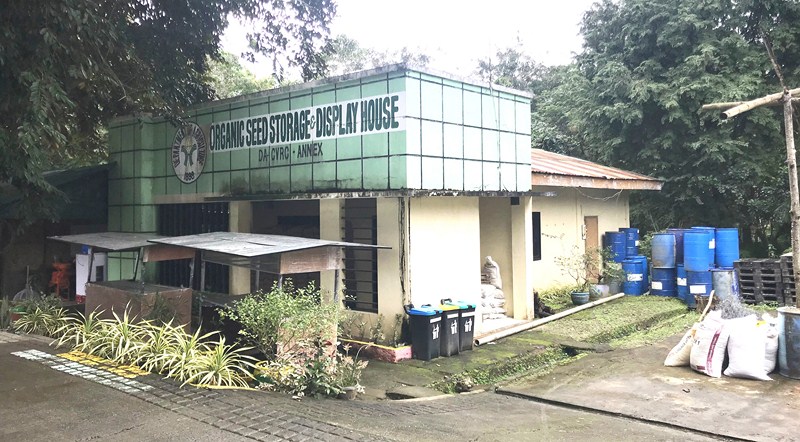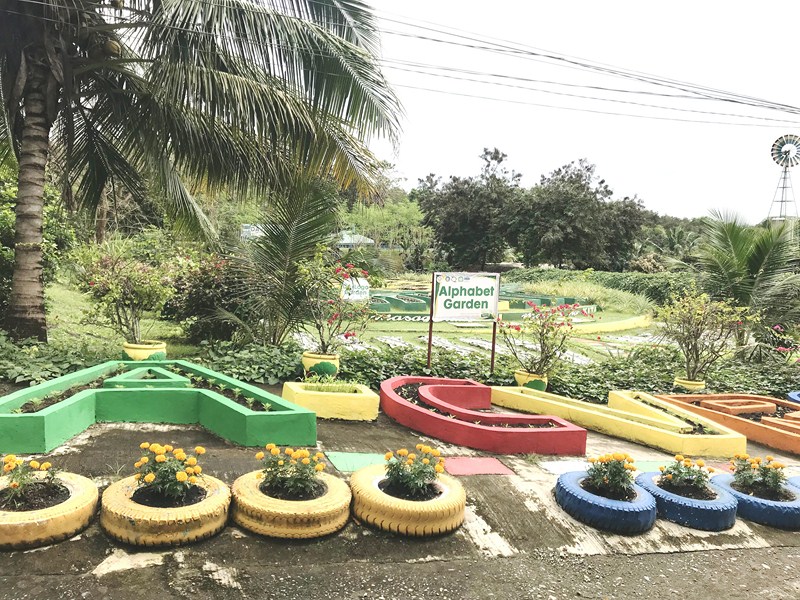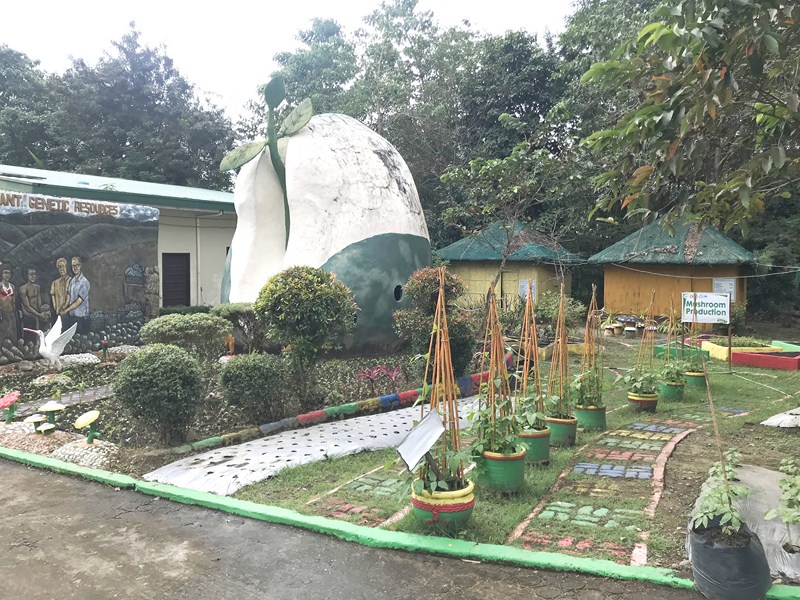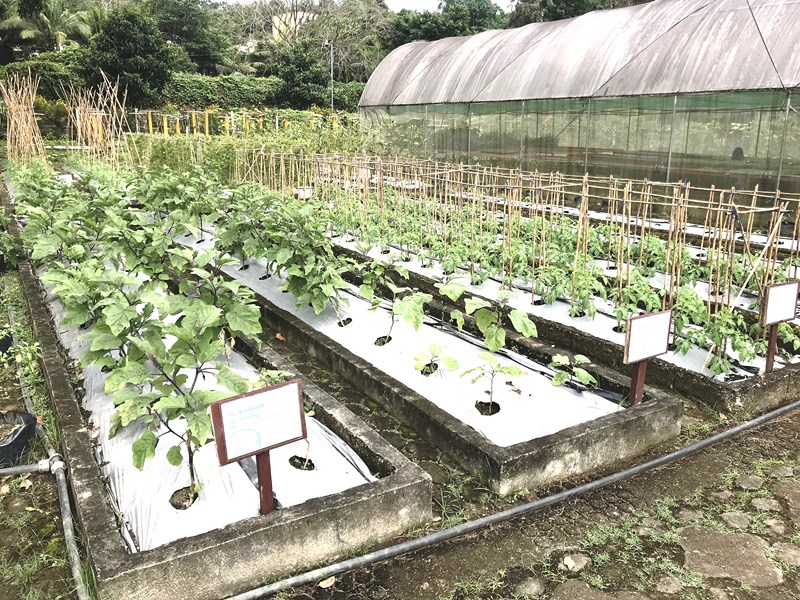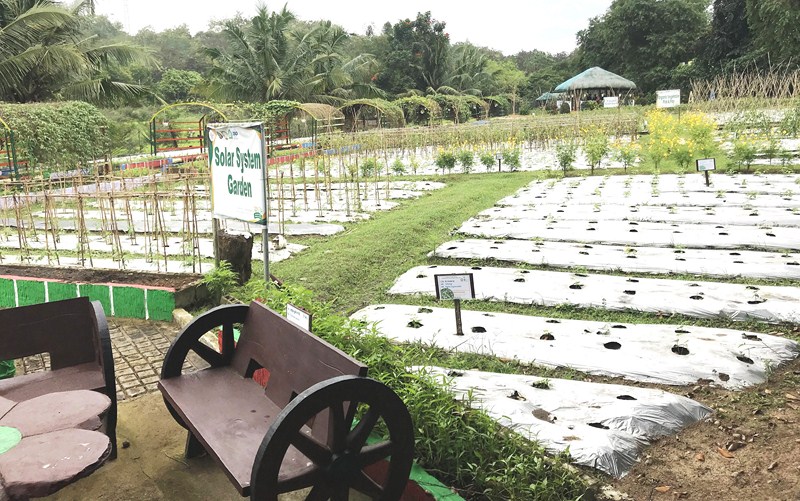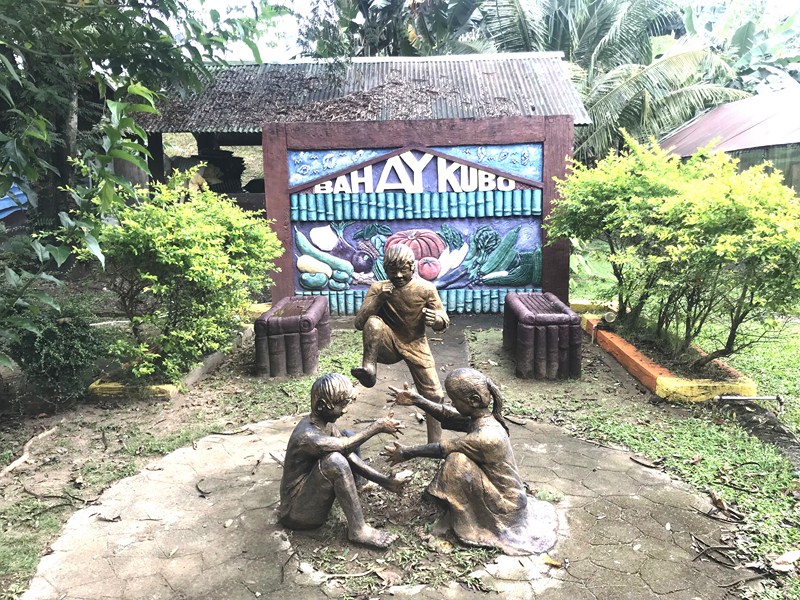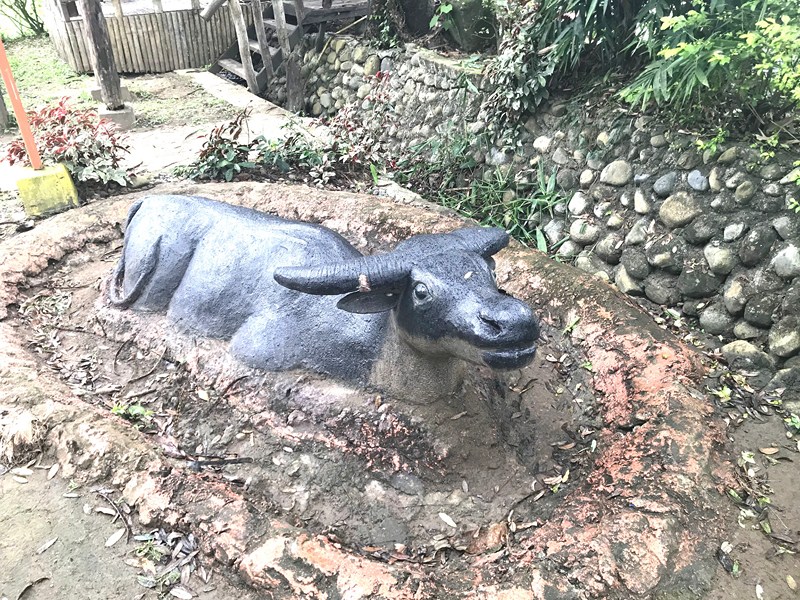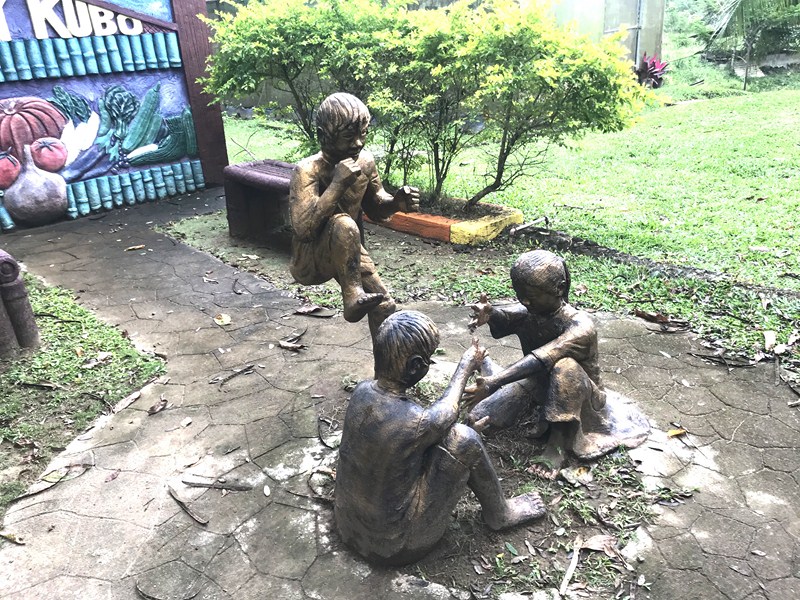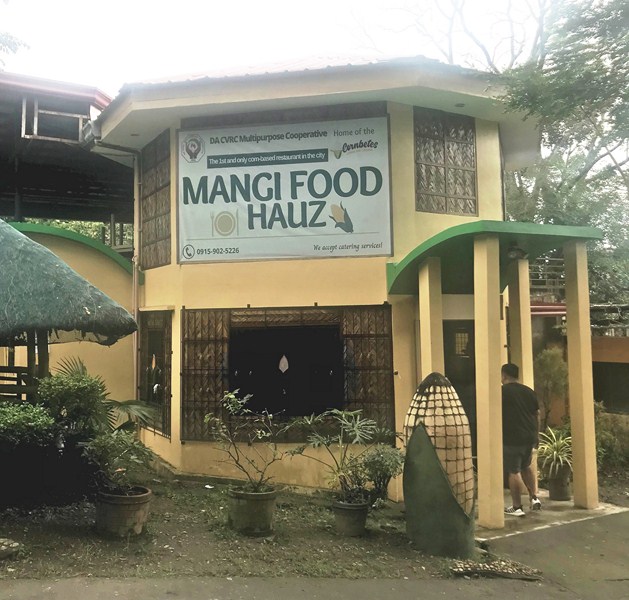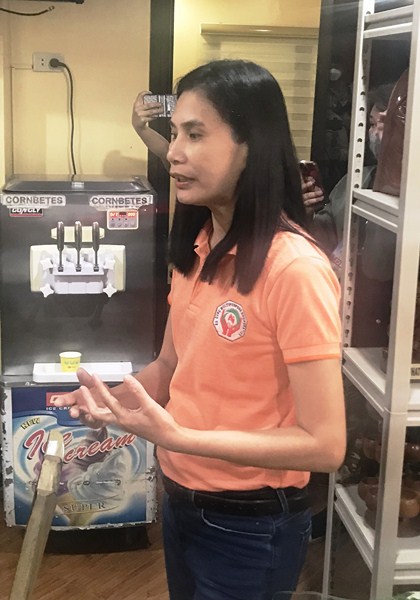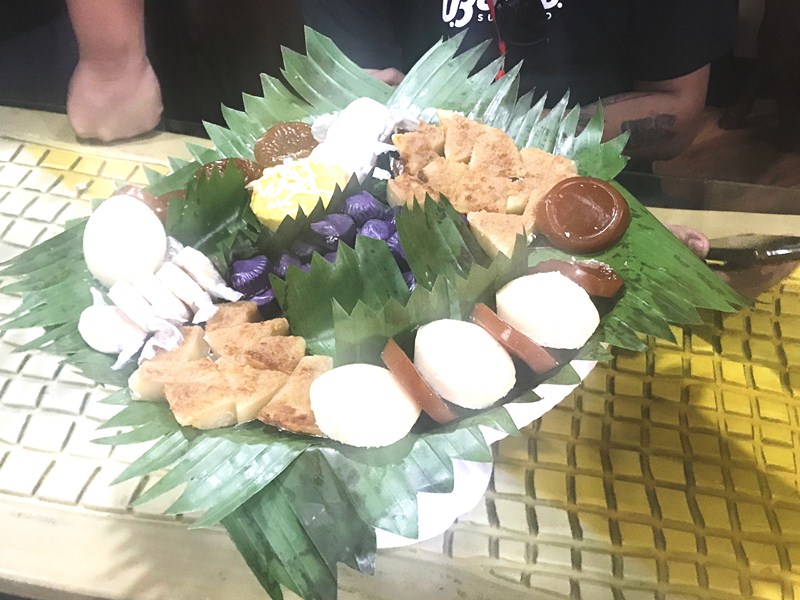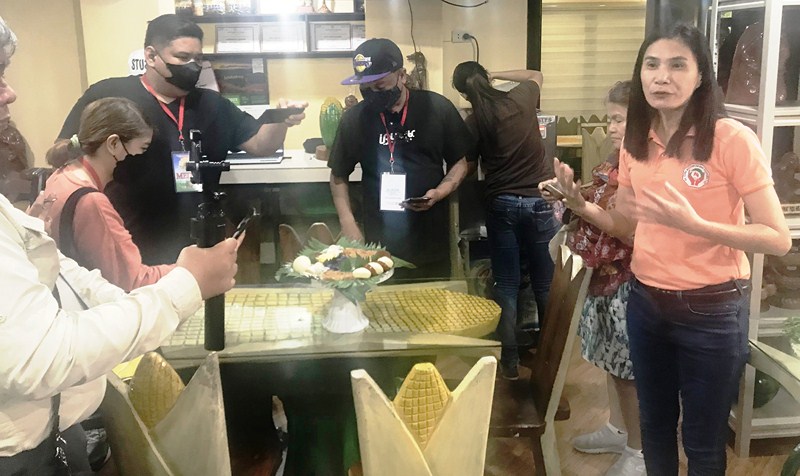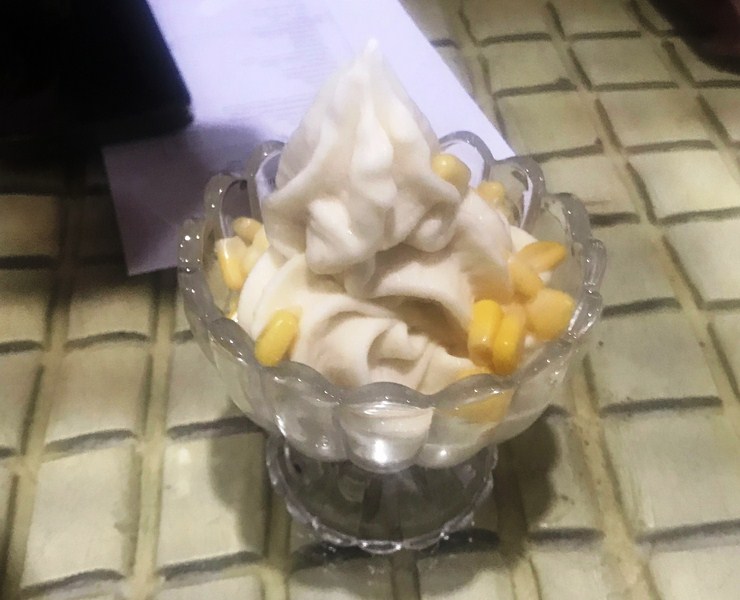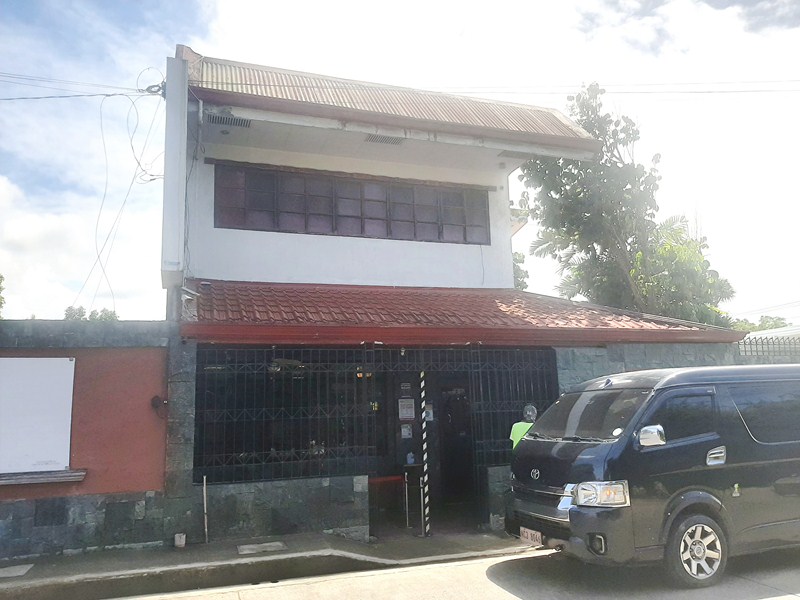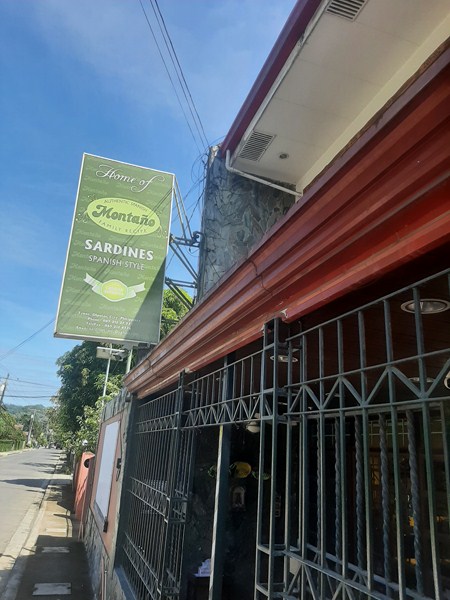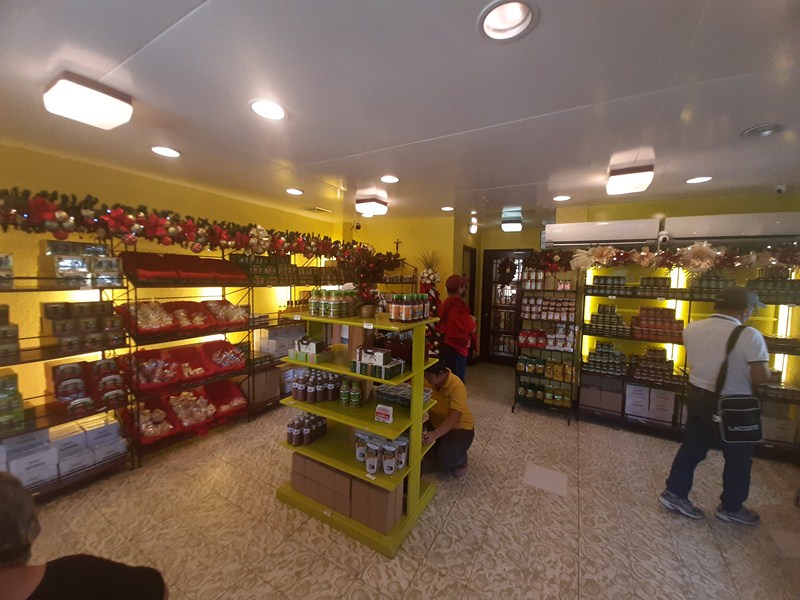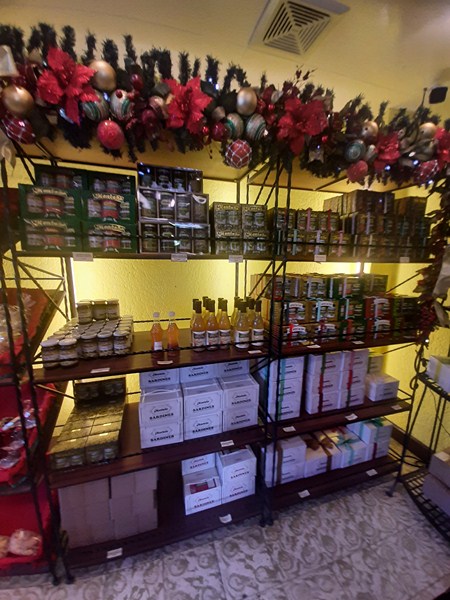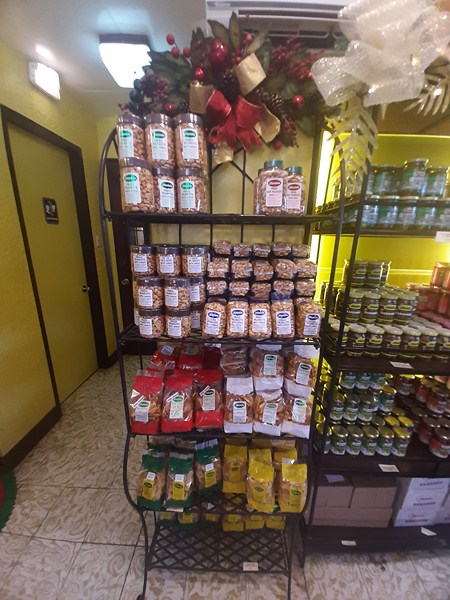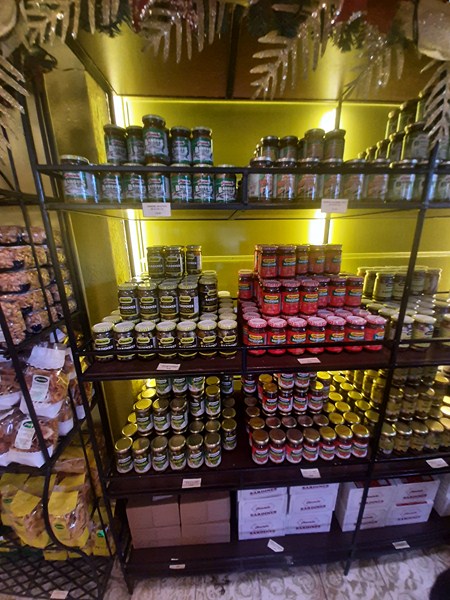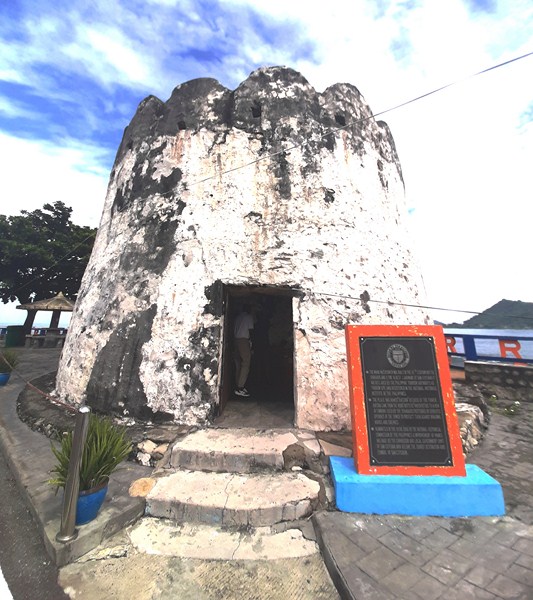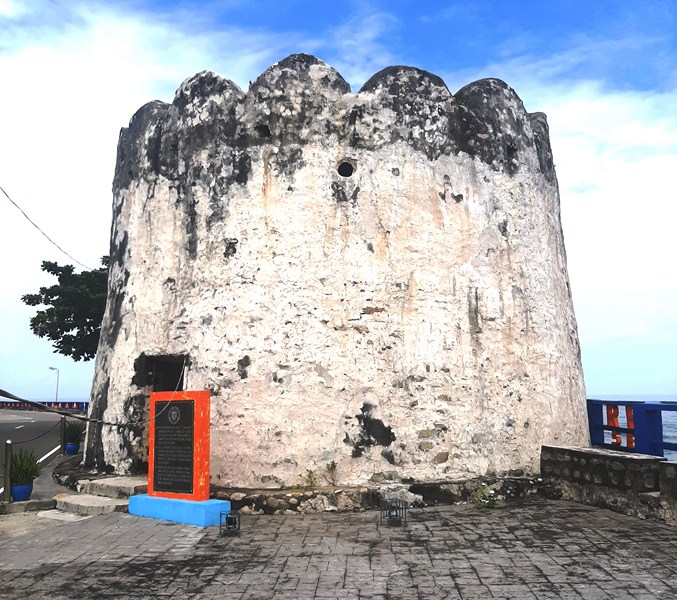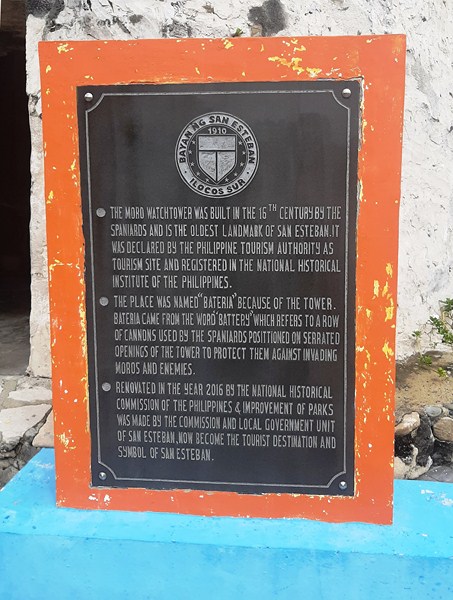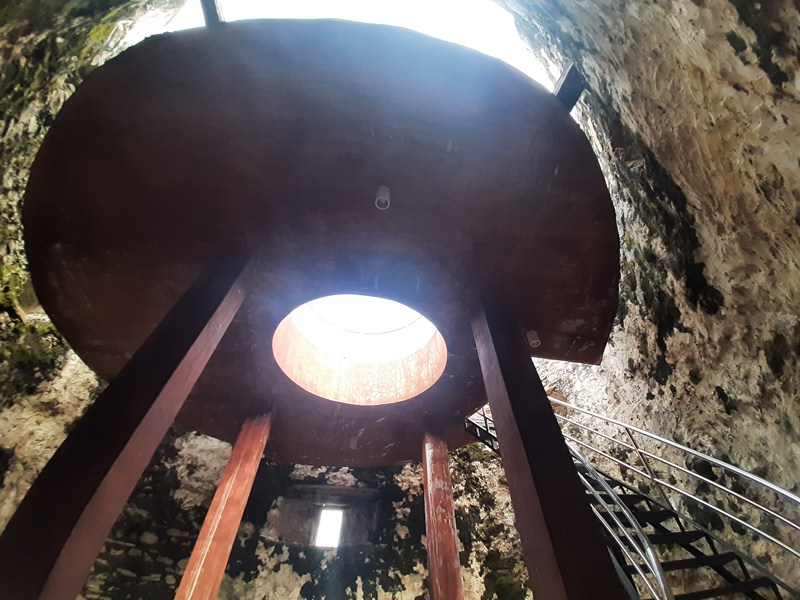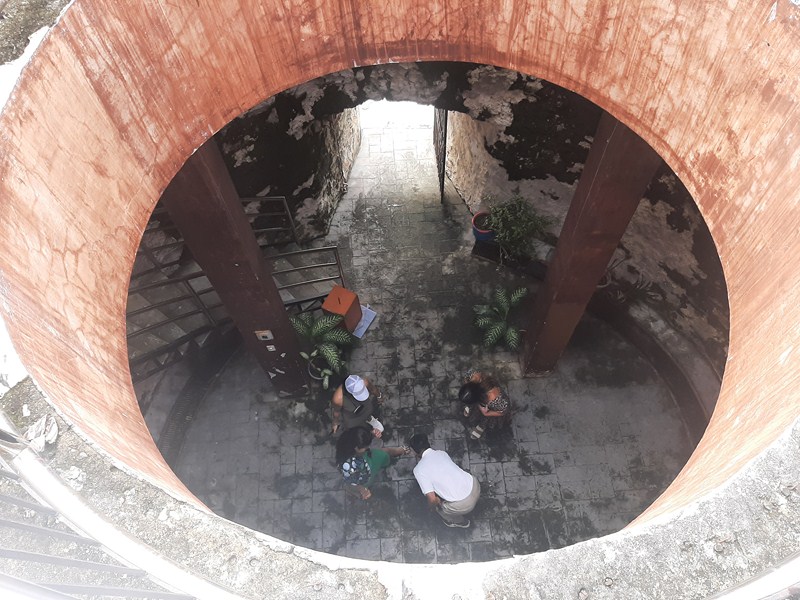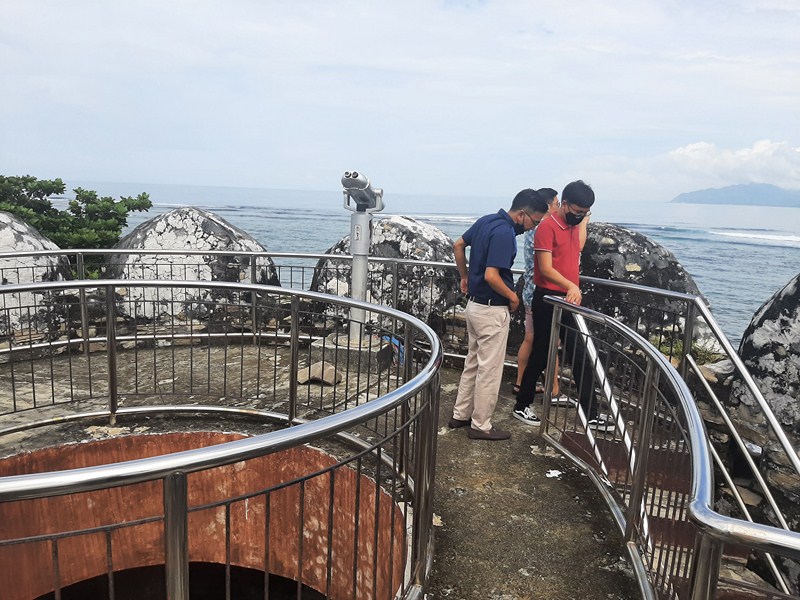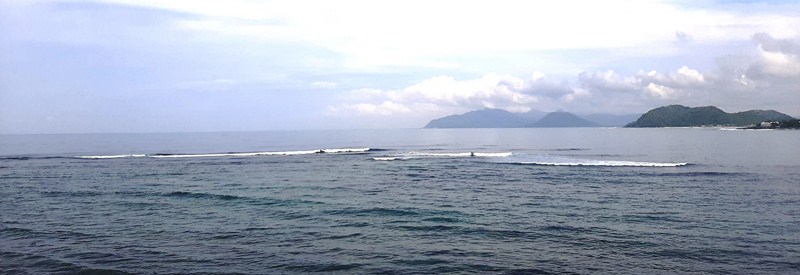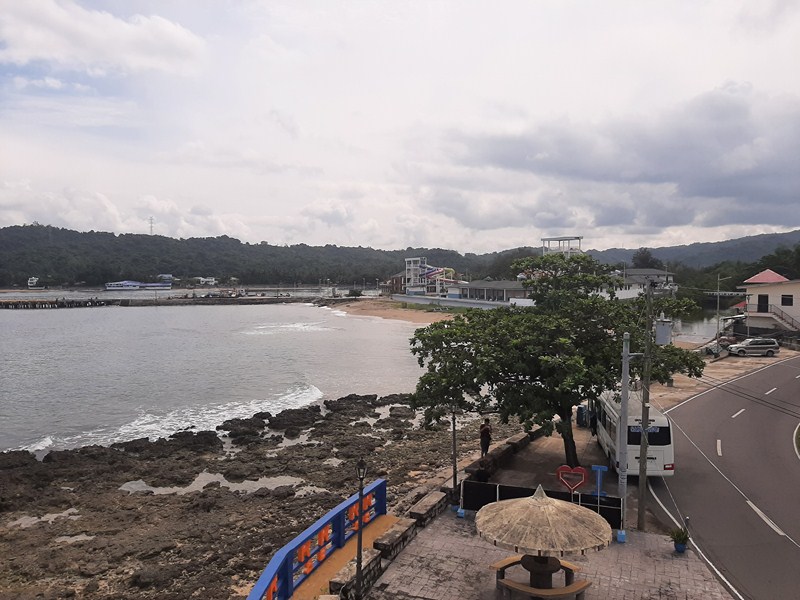Part of Sorsogon Countryside Tour
A few minutes hike from Casa Almei Beach Resort are the Ruins of the Astillero de Panlatuan. Astilleros are Spanish-era shipyards used for construction and repair of the galleons that plied the Manila-Acapulco Galleon trade. The towns of Donsol and Pilar, both sheltered from typhoons and having extensive coasts dotted by bays, coves and major rivers that are navigable, were the location of several shipyards. An extensive mangrove surrounds them, making it a safe haven for boats and people.
The astillero at Donsol (probably used as a construction, repair and smelting site) was established at the mouth of a river while the astillero at Pilar was established on a cove. When the important astillero on Bagatao Island in Magallanes was destroyed by Moro pirates, it was transferred to Panlatuan Bay after the Galleon Trade ended in 1650.
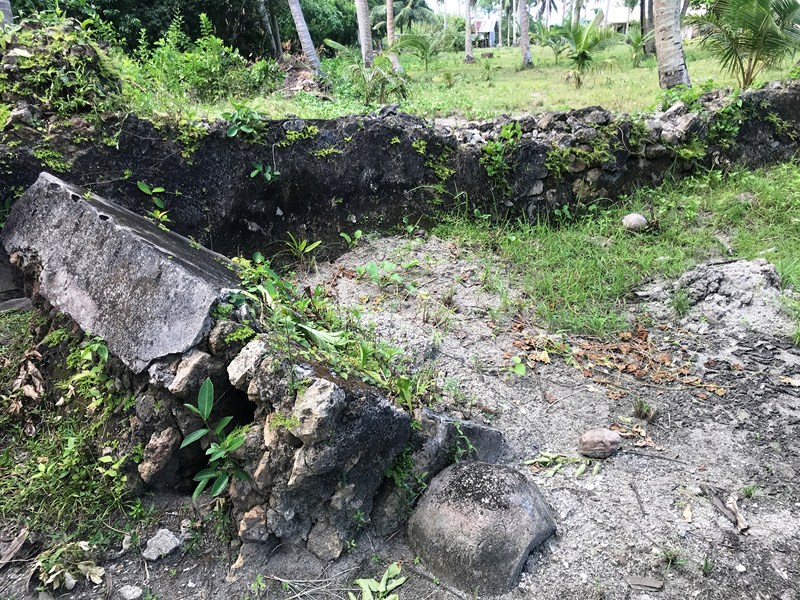
A portion of the fence built with cobble stones, with imported broken glass on the top for added protection
The revolution in Sorsogon was ignited by the abuse and exploitation of the Panlatuan shipyard workers by their Spanish masters. On August 5, 1898, desperate workers of the astillero rose in arms and raided the homes of four Spaniards residing in the barrio, slaying them with machetes.
The two astilleros of Pilar are separated by bodies of waters. The Binanuahan Astillero (probably the administrative site), at the Pilar Peninsula, is more inland while the Panlatuan Astillero (probably the construction and smelting site), located on a cove, is nearer the sea. The deep waters, two rivers, an extensive mangrove, a vast flatland and a hill of the latter made it a favorable choice for an astillero.
The Panlatuan astillero has the best preserved features of the three. Remains of large (approximately 30-40 cm. in diameter), equidistantly buried wooden posts, seen during low tide (only 30 cms. Can be seen), are associated with the presence of a pier and are arranged either parallel or perpendicular to each other.
The remains of a big gate, ruins of watchtowers and a warehouse were also documented during archaeological surveys and excavations done in the 1990s. Two old deep wells on the site, built with adobe tuff, are still being used by the owners.
The stone structures had thick walls made with riverine stones, adobe tuff and lime mortar; a roof with earthenware tiles and big windows and door frames. The watchtower used riverine cobble stones while the fence enclosing the astillero used cobble stones with imported broken glass on the top for added protection.
Corroded iron nails, chain rings, bronze sheathing nails, iron tools, a porthole window, Chinese, European and local ceramic shards (I was given one recovered on the site), brick tiles and Spanish coins were recovered on this site. A large slag concentration, pointing to smelting activities in the past, was also found on the northeastern side.
AUTHOR’S COMMENTS
Since the Panlatuan astillero was part of a series of events that resulted in the rapid spread of revolutionary activities in Sorsogon it, in my opinion, deserves to be declared a National Historical Site by the National Historical Commission of the Philippines, with a historical plaque installed. The site should also be rehabilitated and restored.
Astillero de Panlatuan Ruins: Panlatunan, 4714 Pilar, Sorsogon.
How to Get There: Pilar is located 495.2 kms. (a 12-hr. drive via Pan Philippine Highway/AH26) from Manila and 57.7 kms. (a 1-hr. drive via Central Nautical Highway and Pan-Philippine Highway/AH26) from Sorsogon City.
Sorsogon Provincial Tourism Culture and Arts Office: Ground Floor, Capitol Building, 4700 Sorsogon City. Mobile number: (0968) 624-6279. E-mail: tourism@sorsogon.gov.ph. Facebook: www.facebook.com/sorsogonprovincialtourismoffice.
Pilar Municipal Tourism Office: E-mail: pilarsor.tourism@gmail.com. Mobile number: (0948) 955-7727.
Ur Place Travel & Tours: OLV Pangpang, Sorsogon City, Sorsogon. Mobile number (Viber): (0927) 950-3927 (Ms. Annie Gueb). Facebook: www.facebook.com/urplacetravel.

